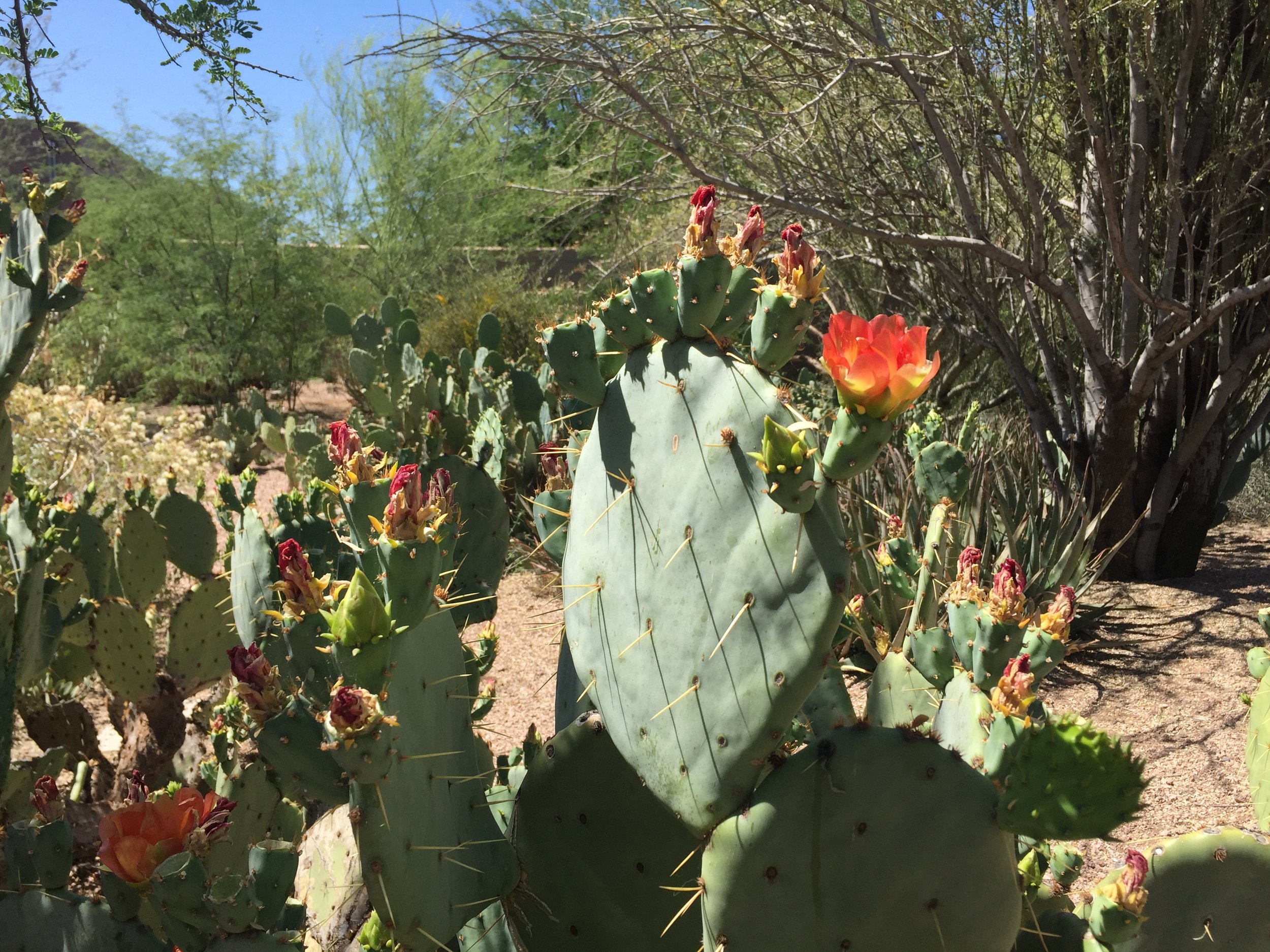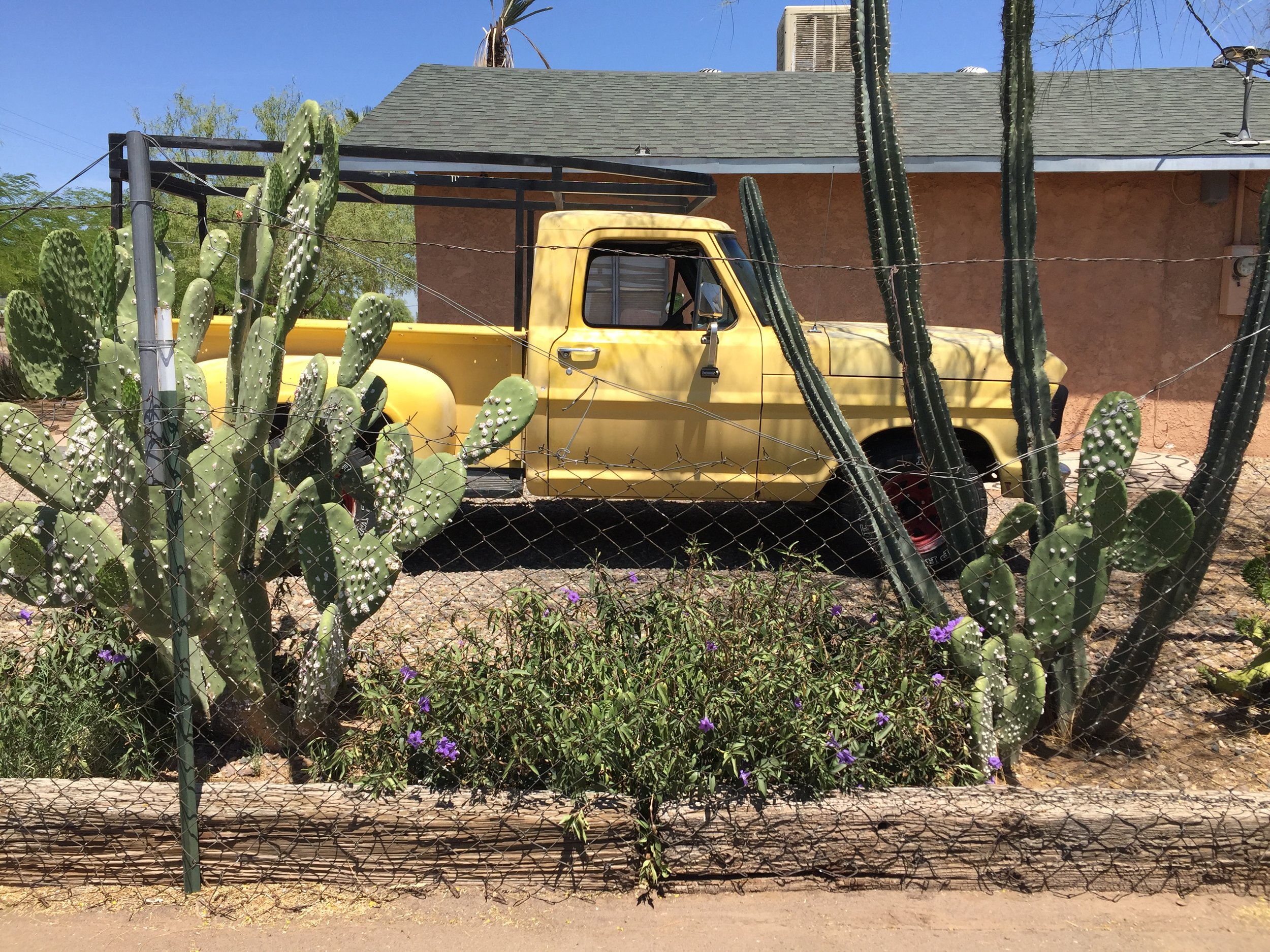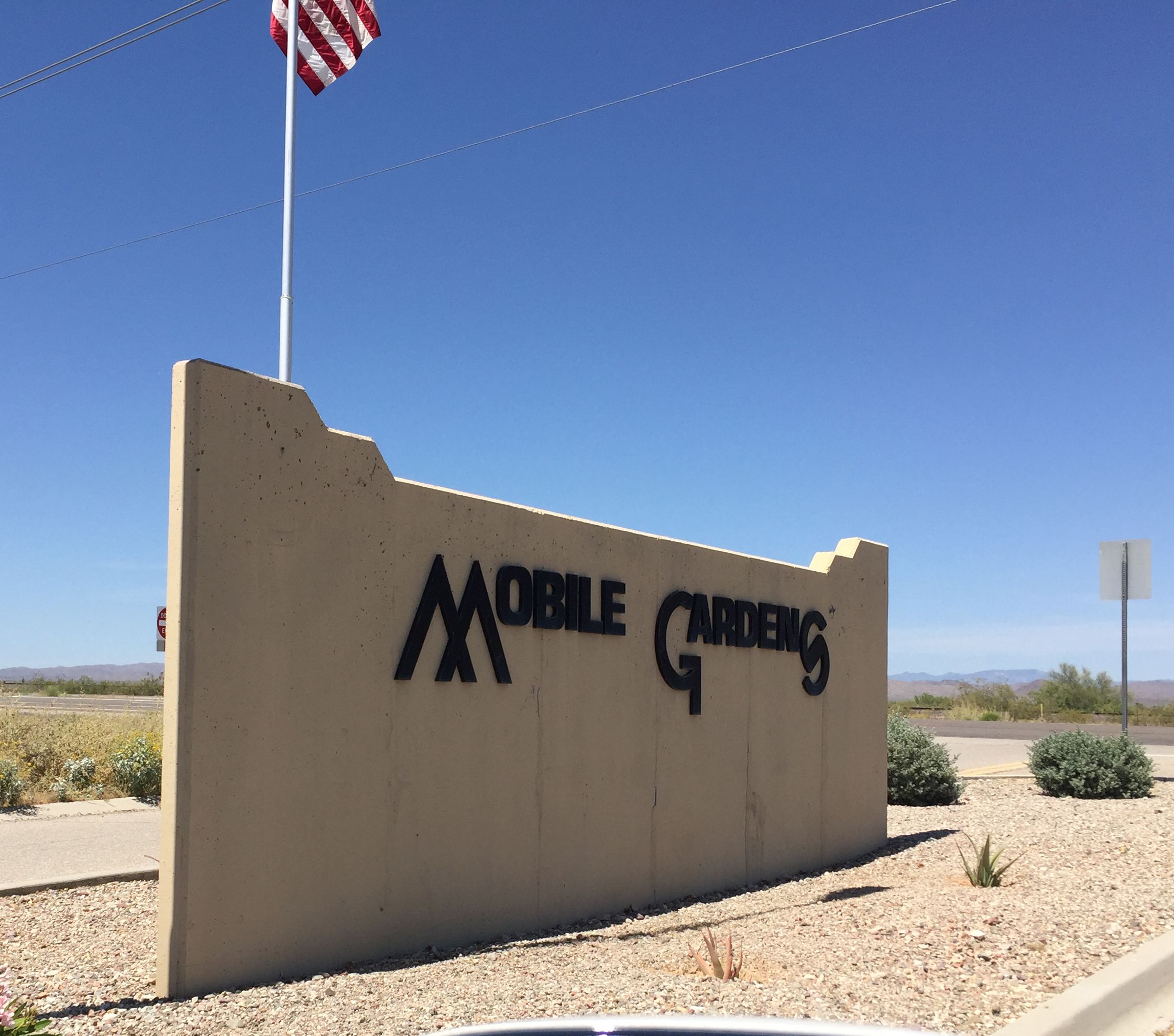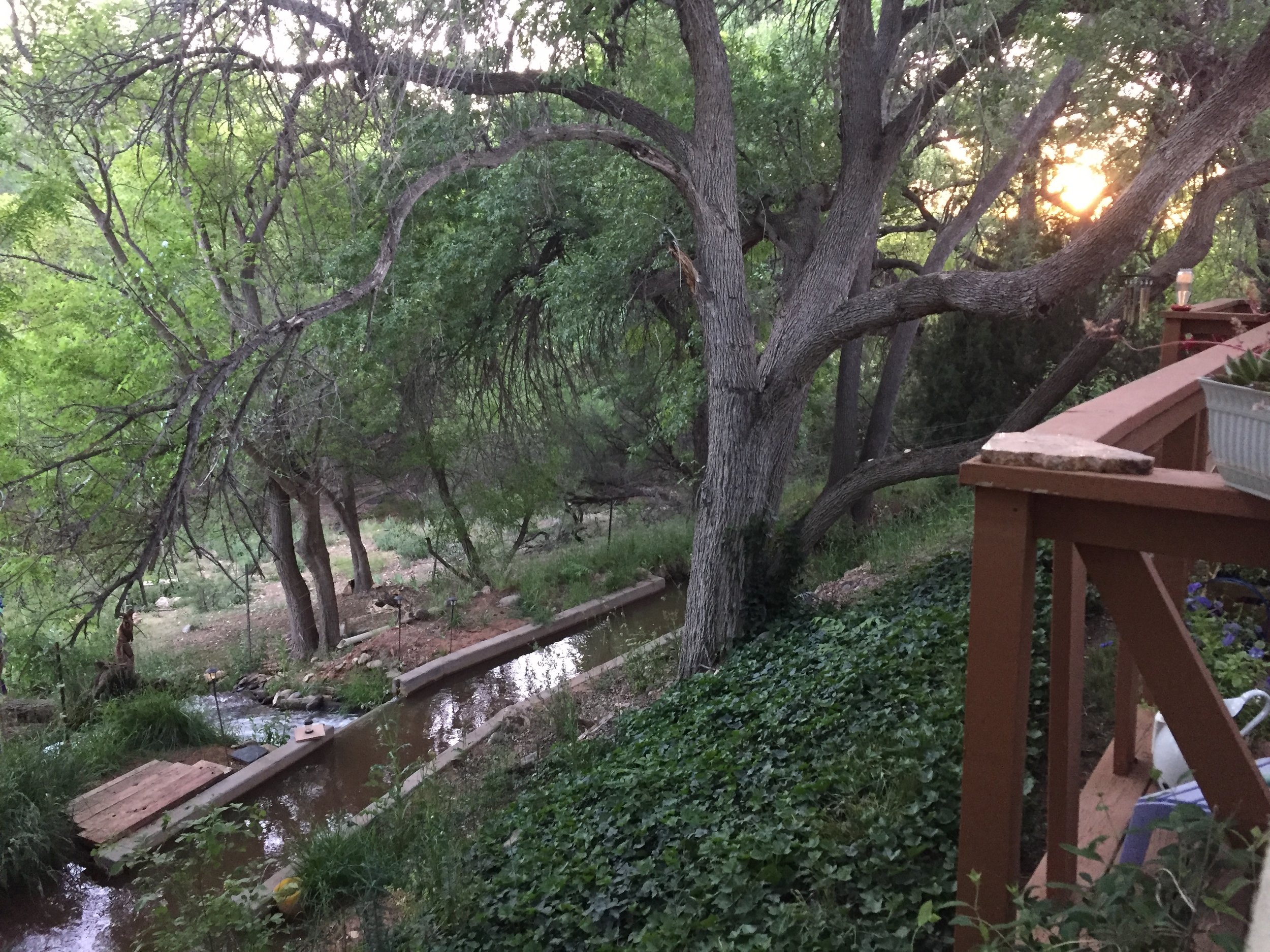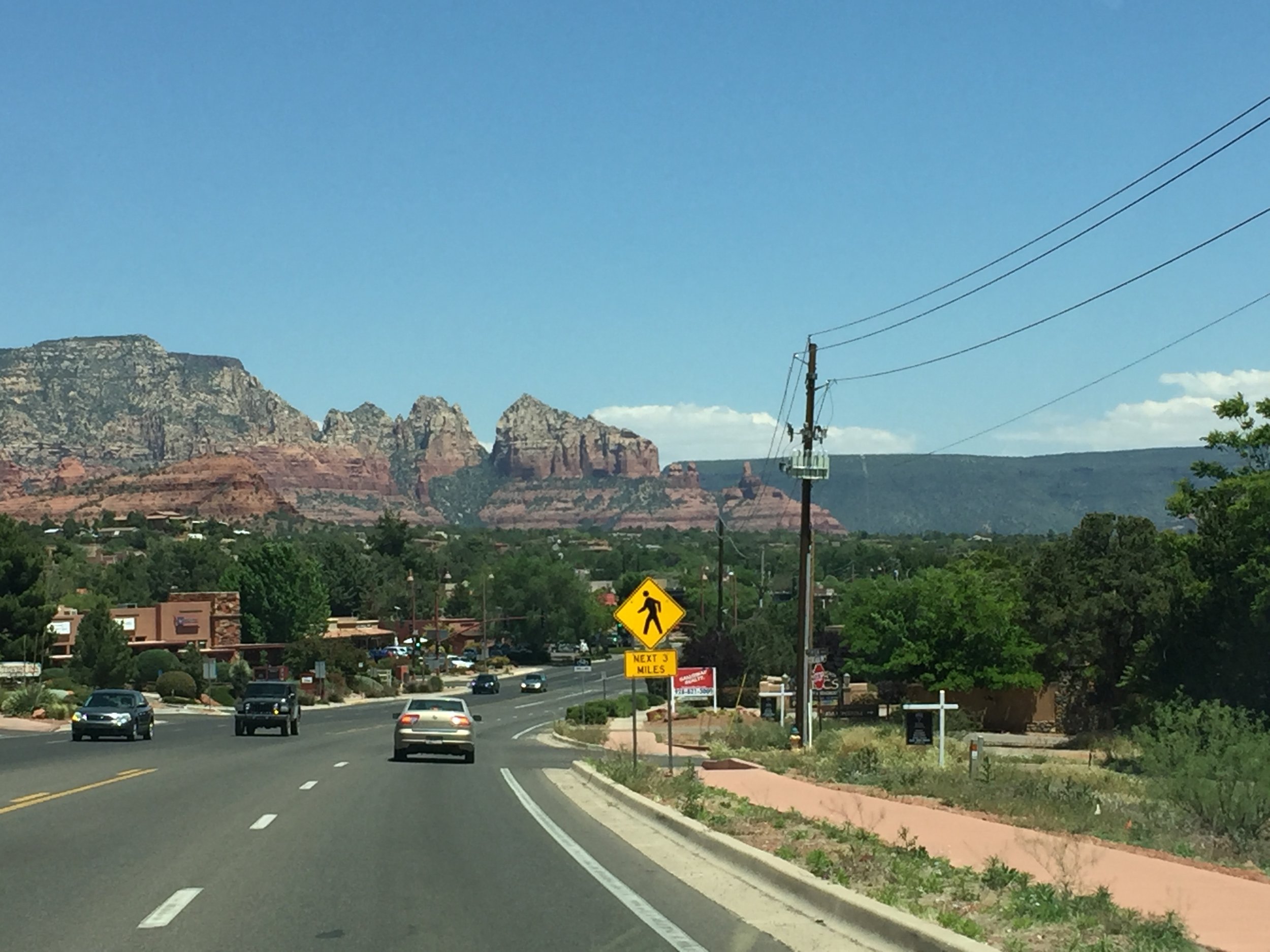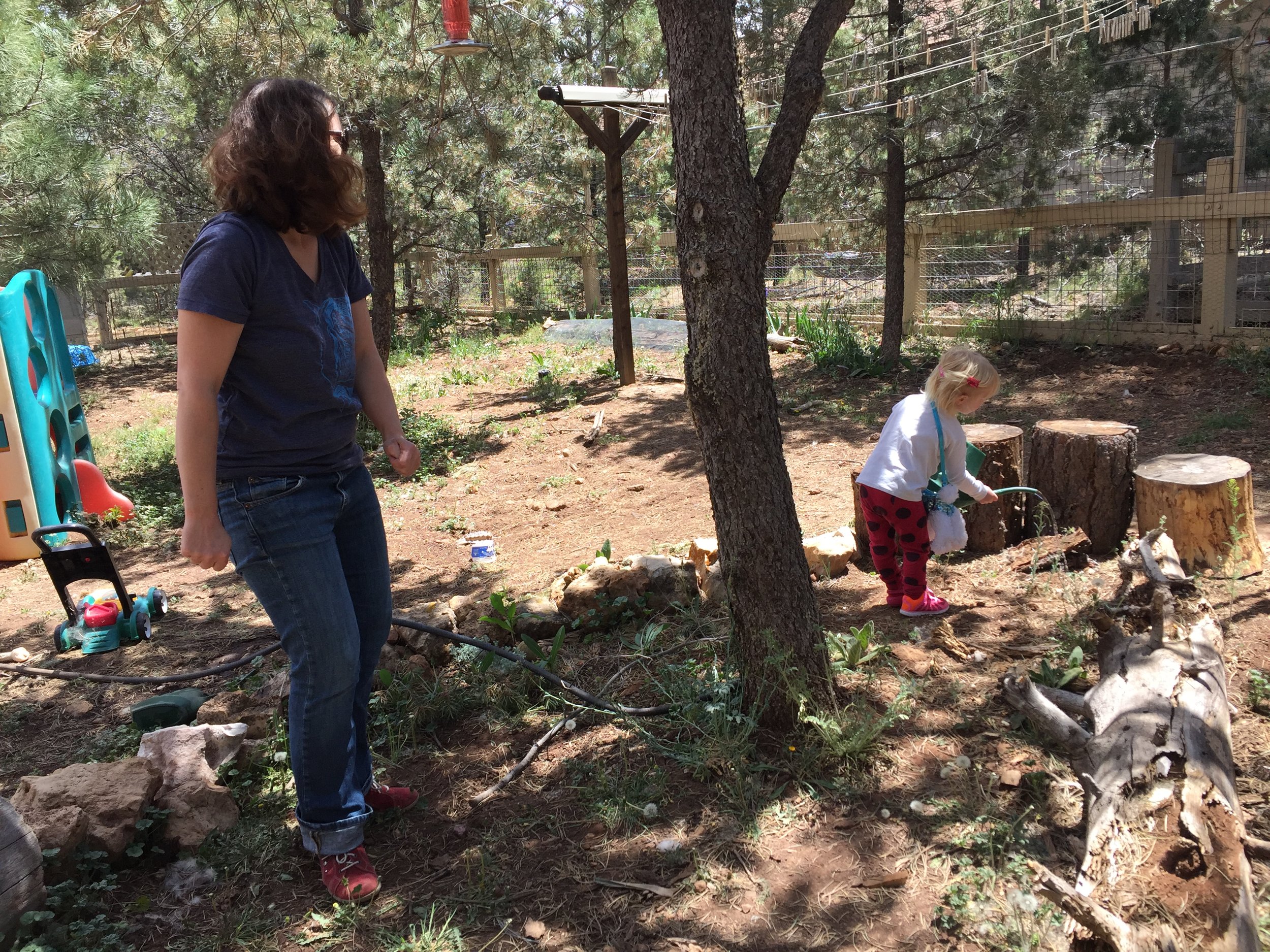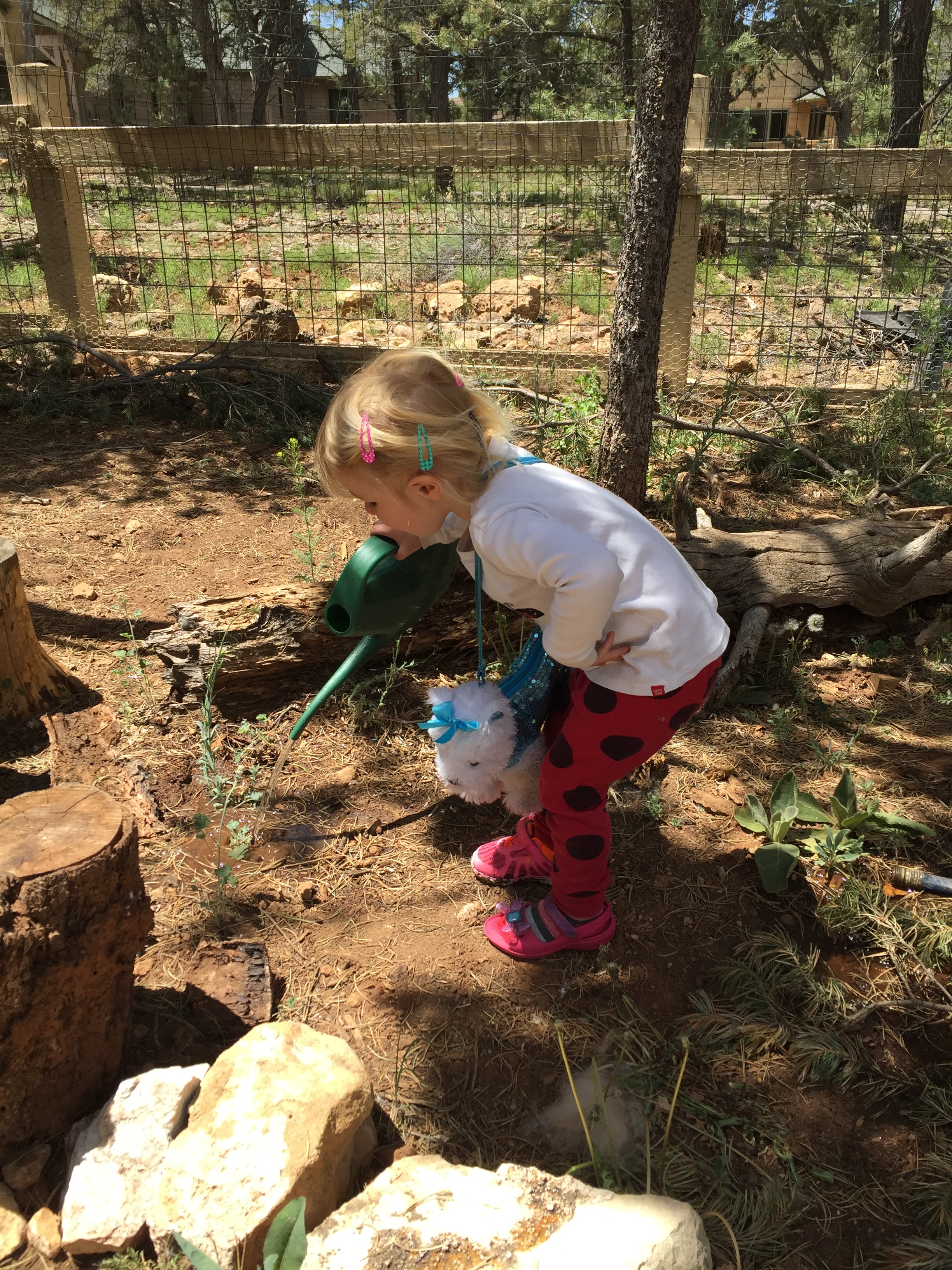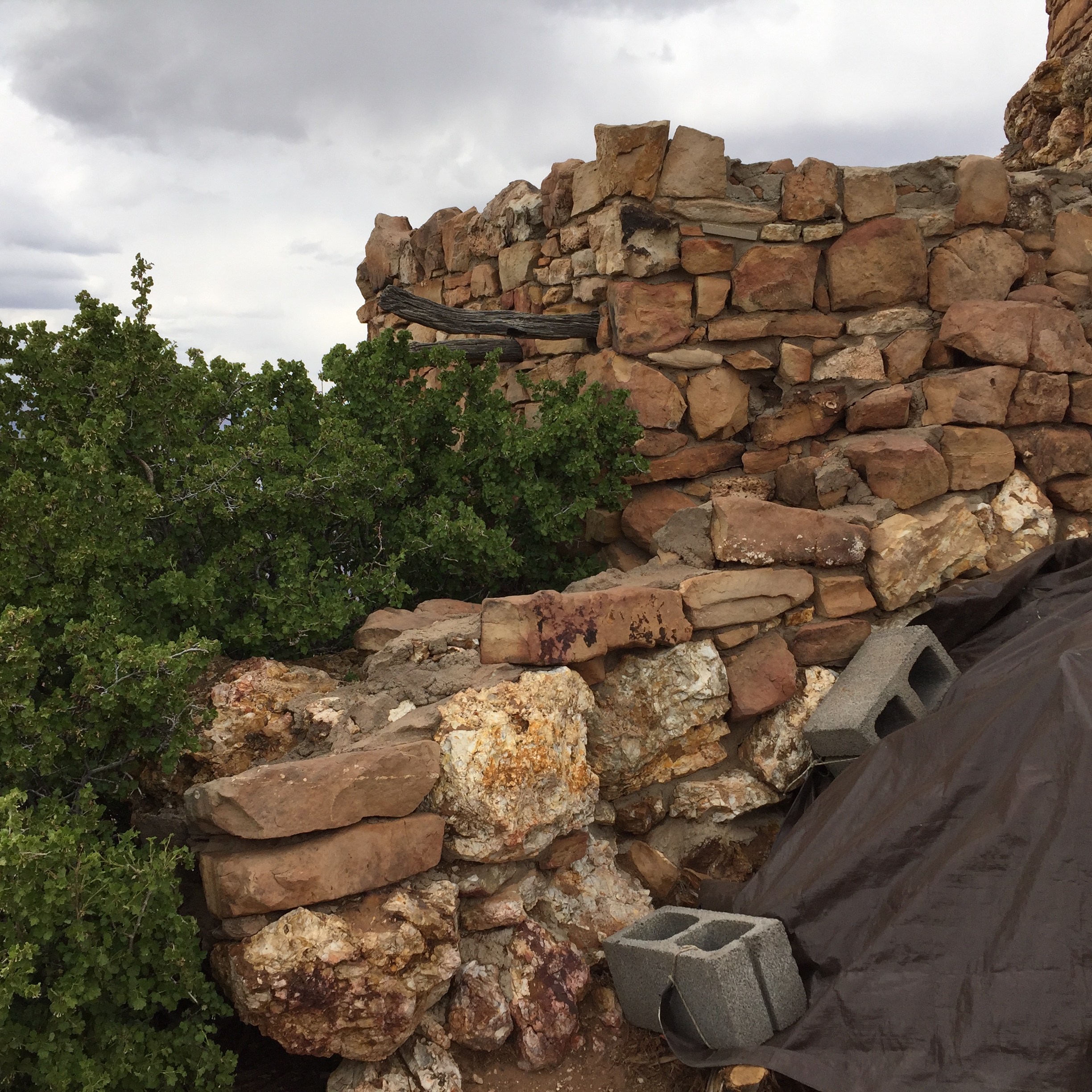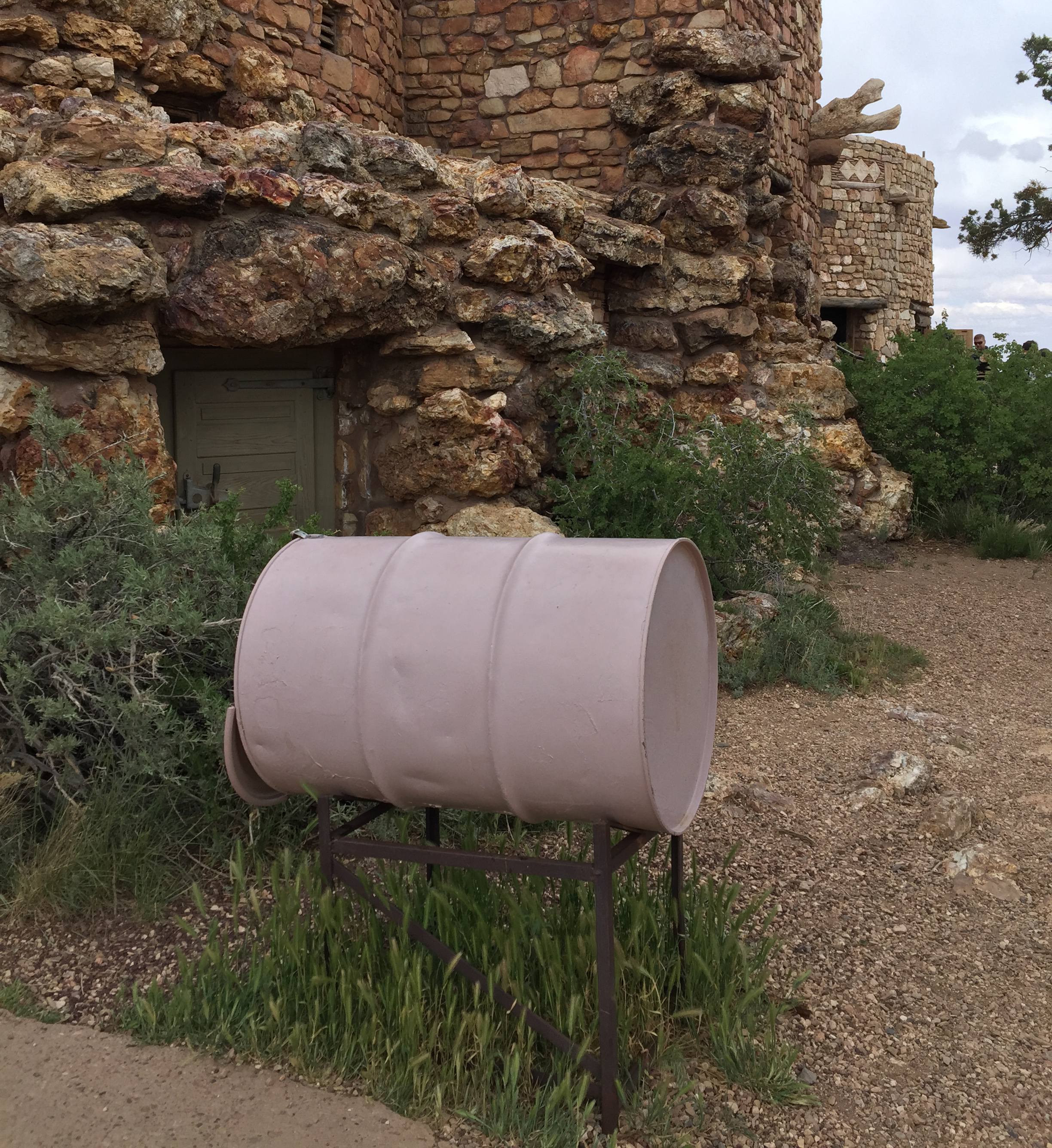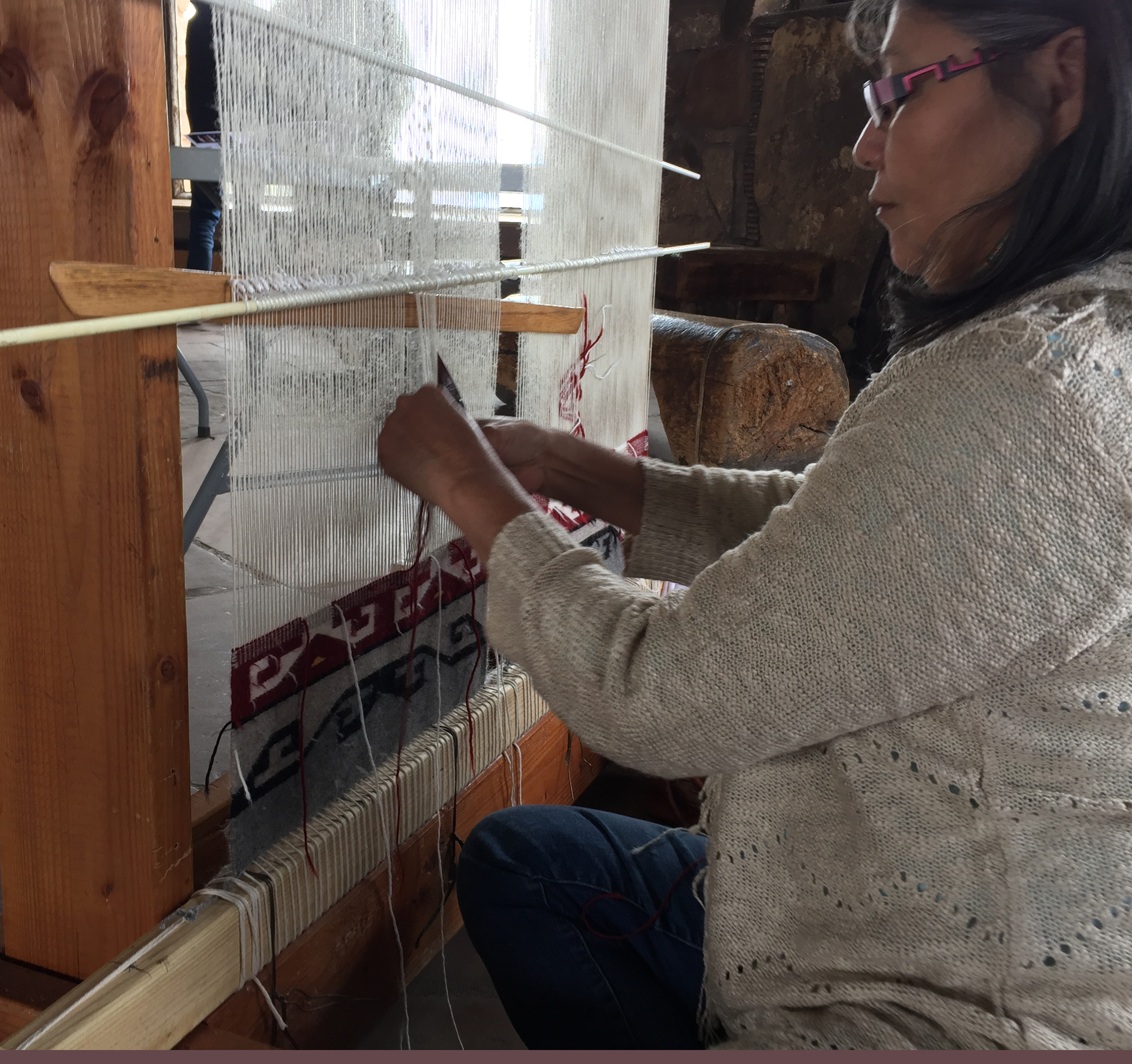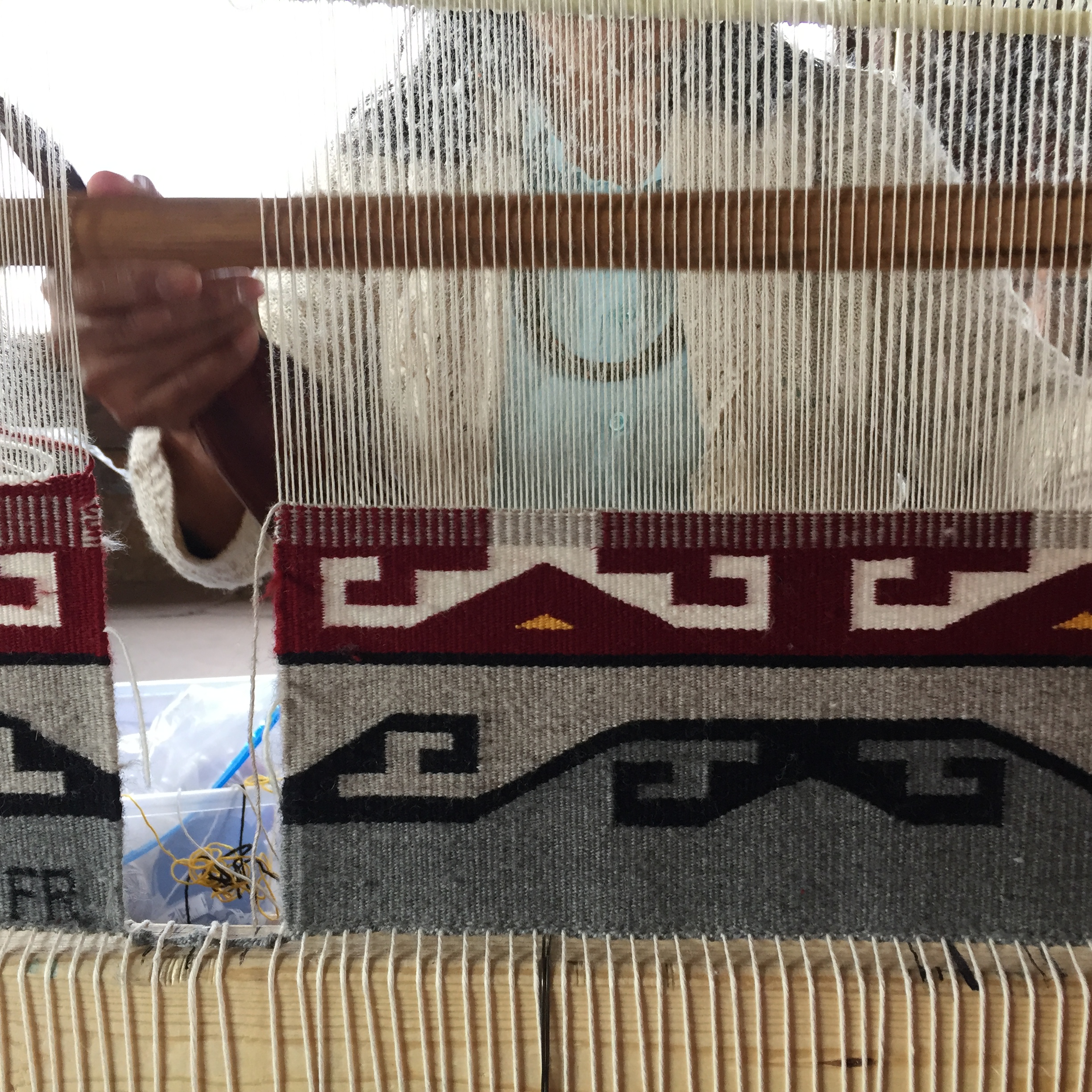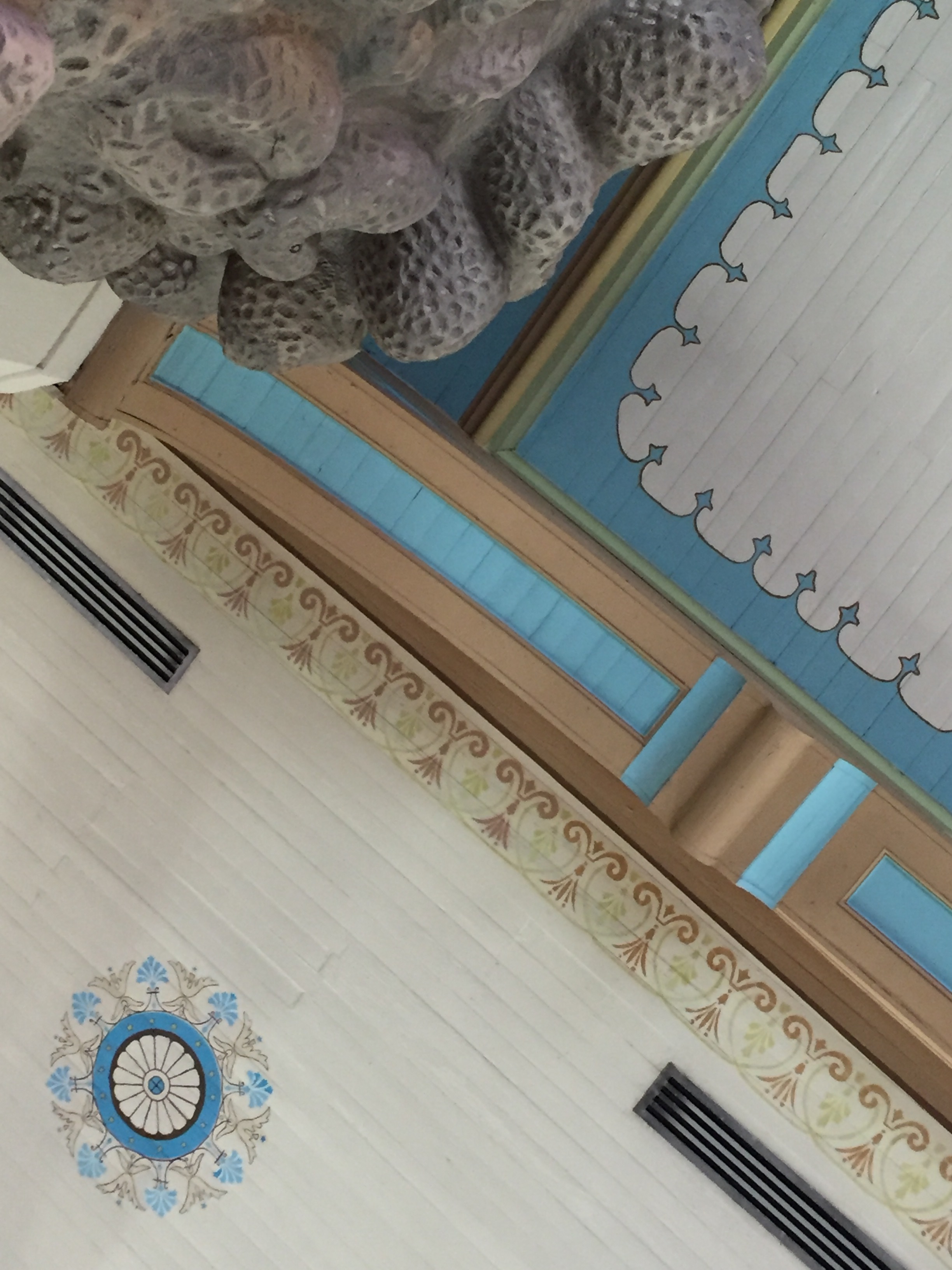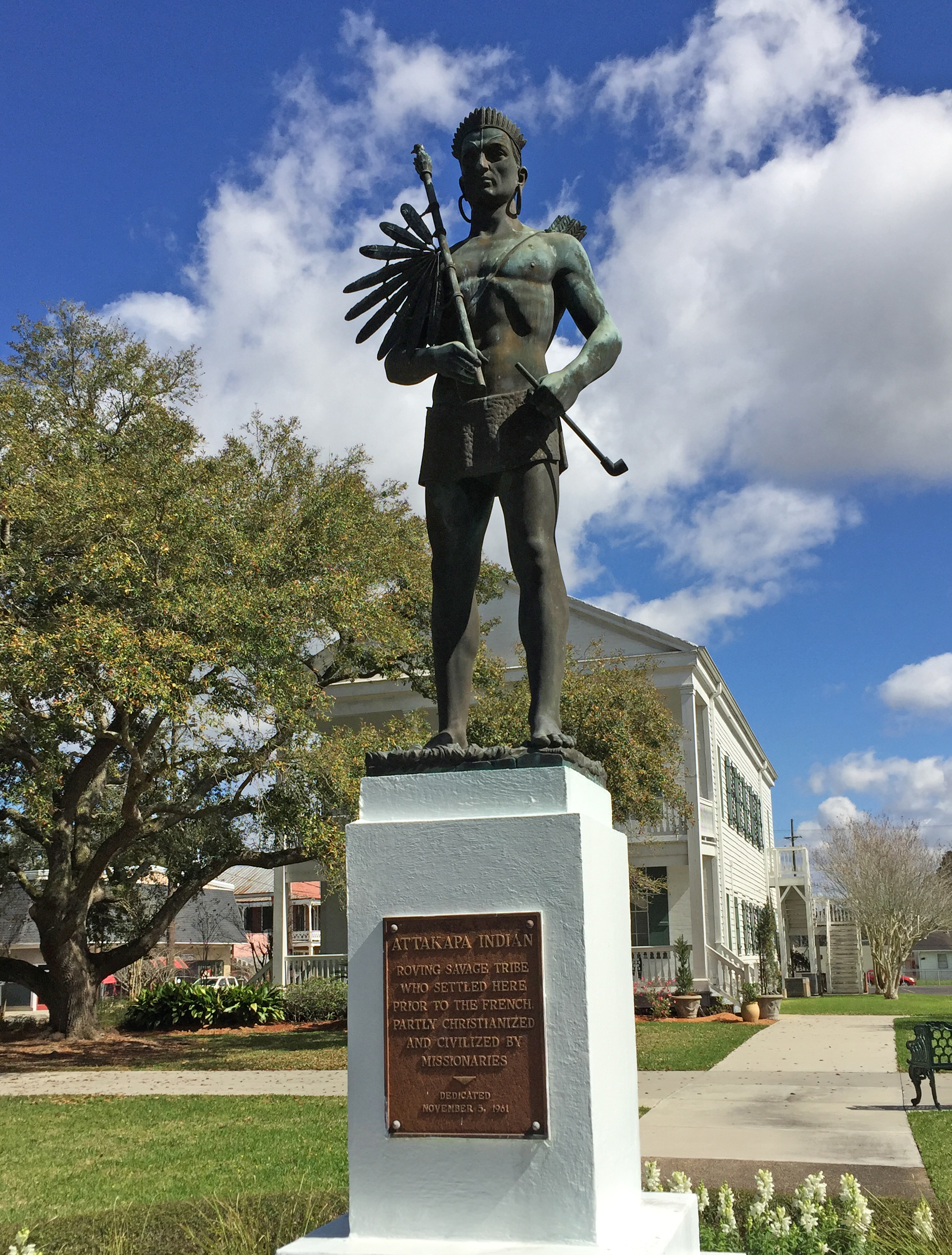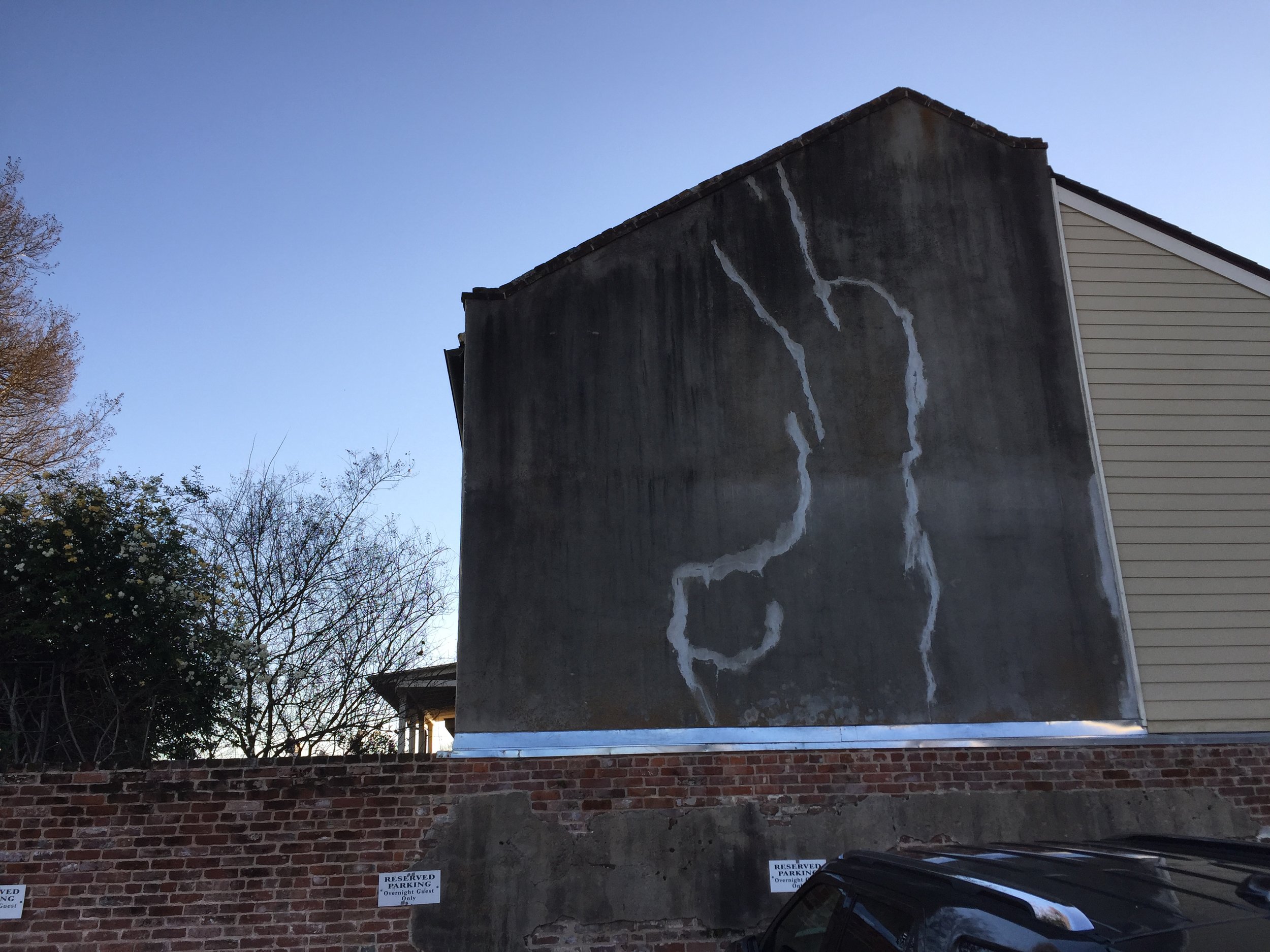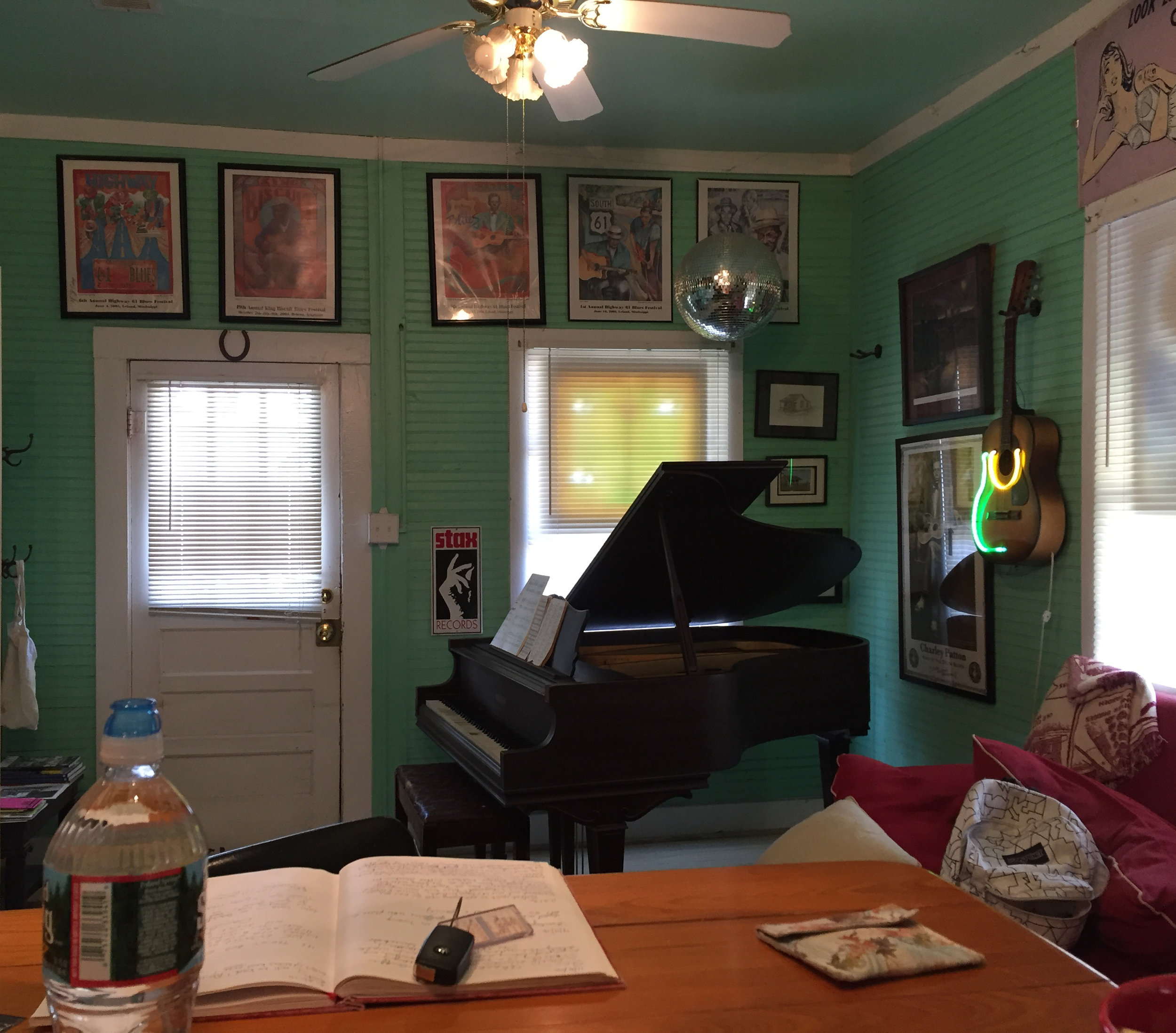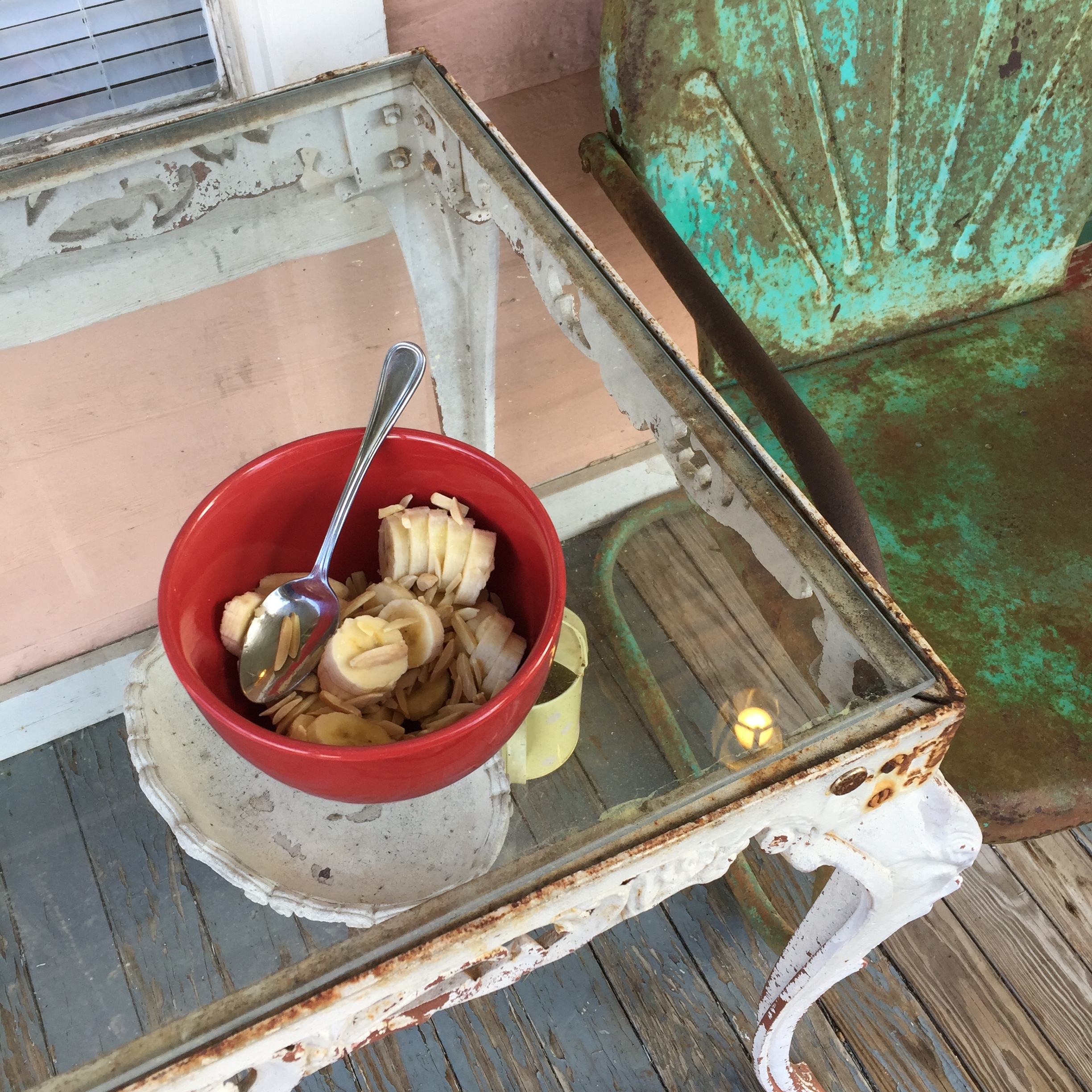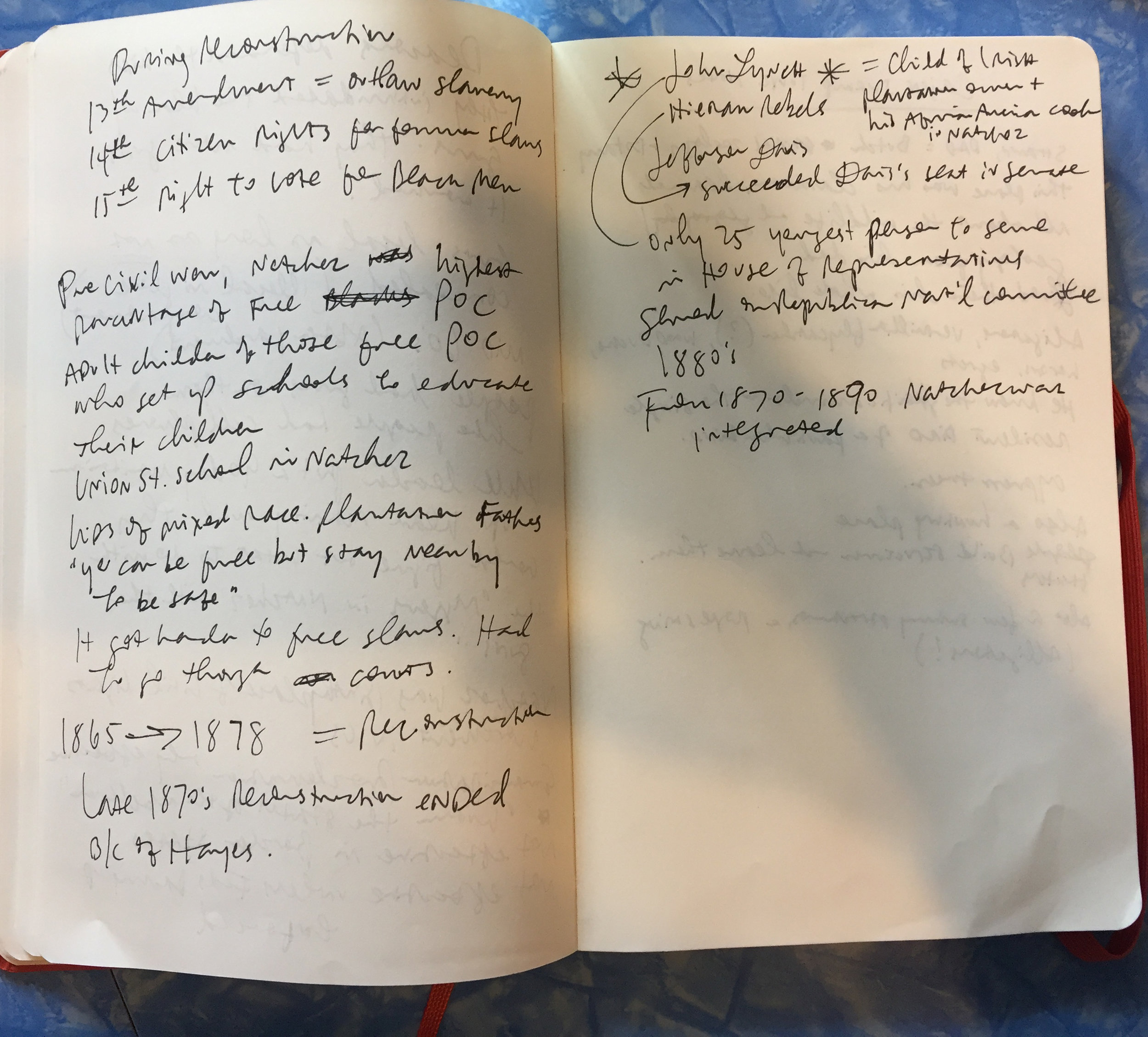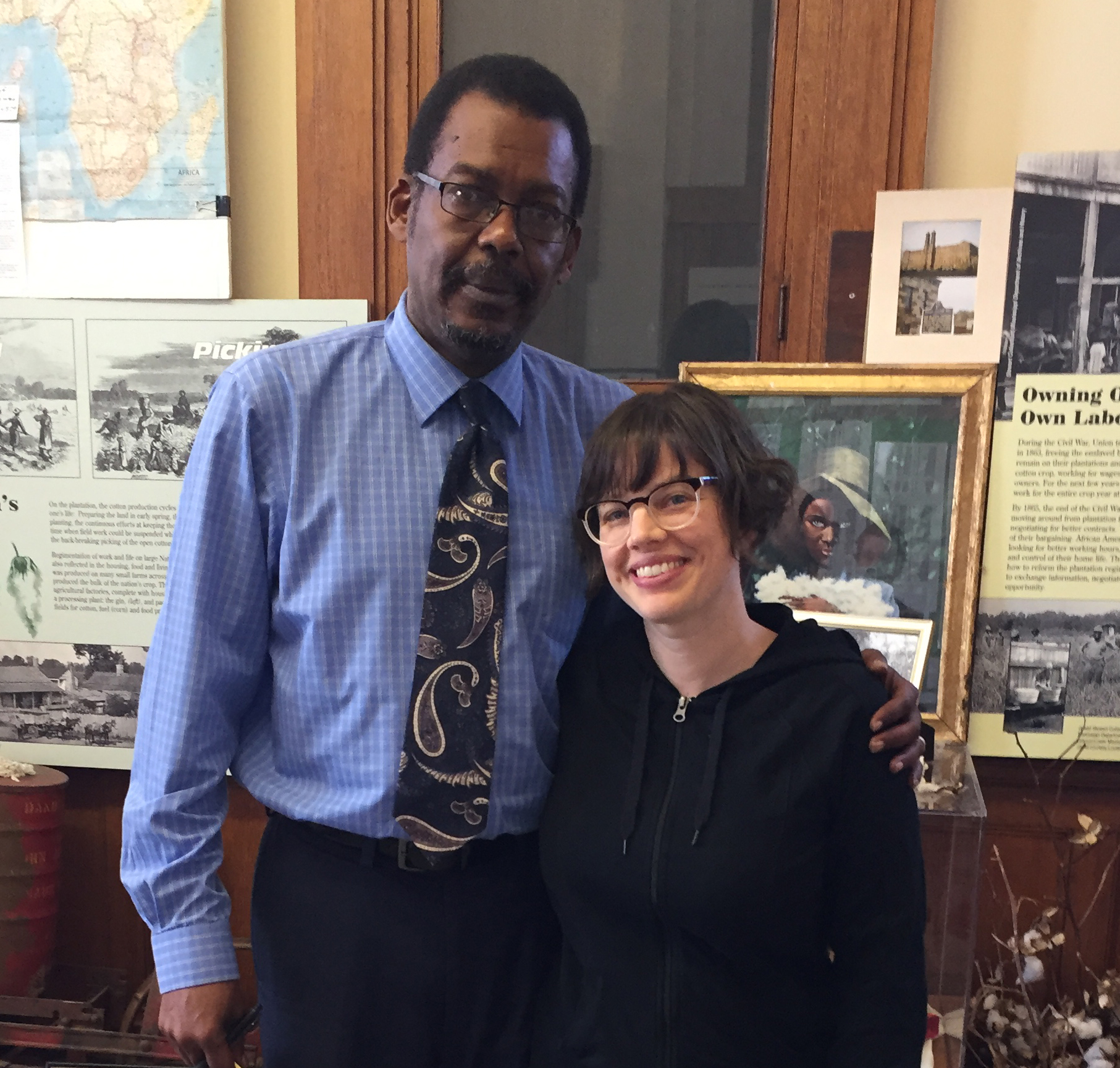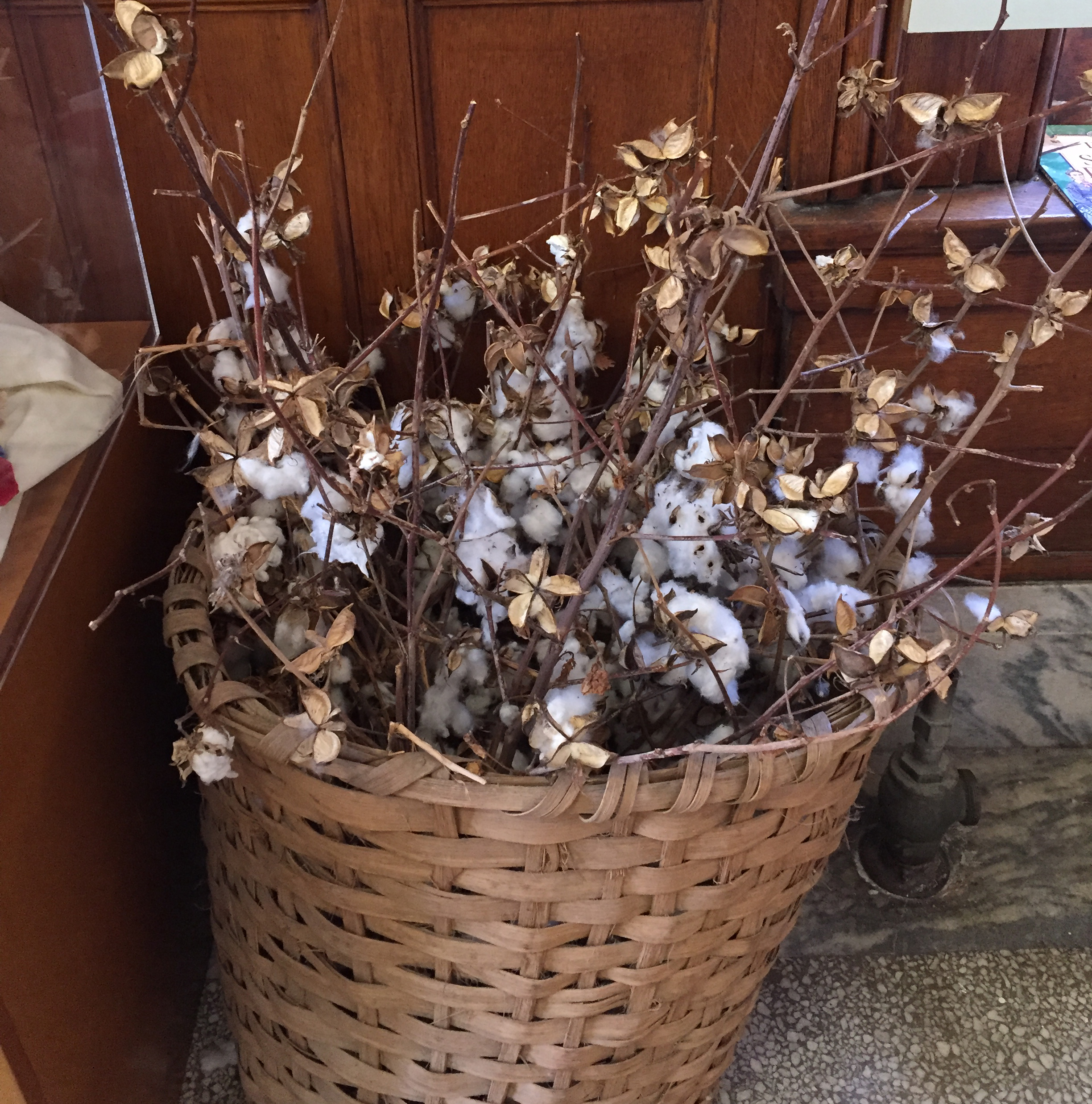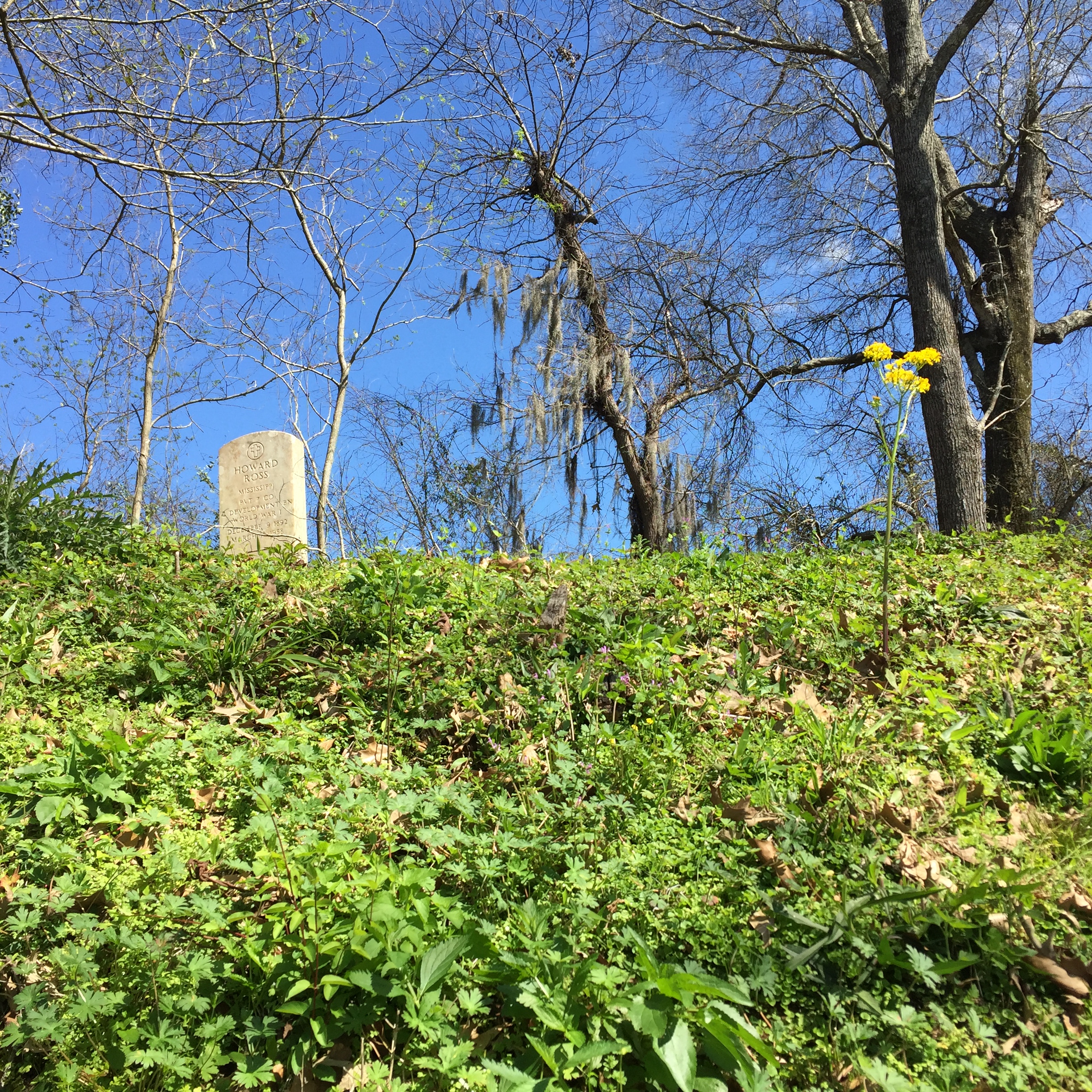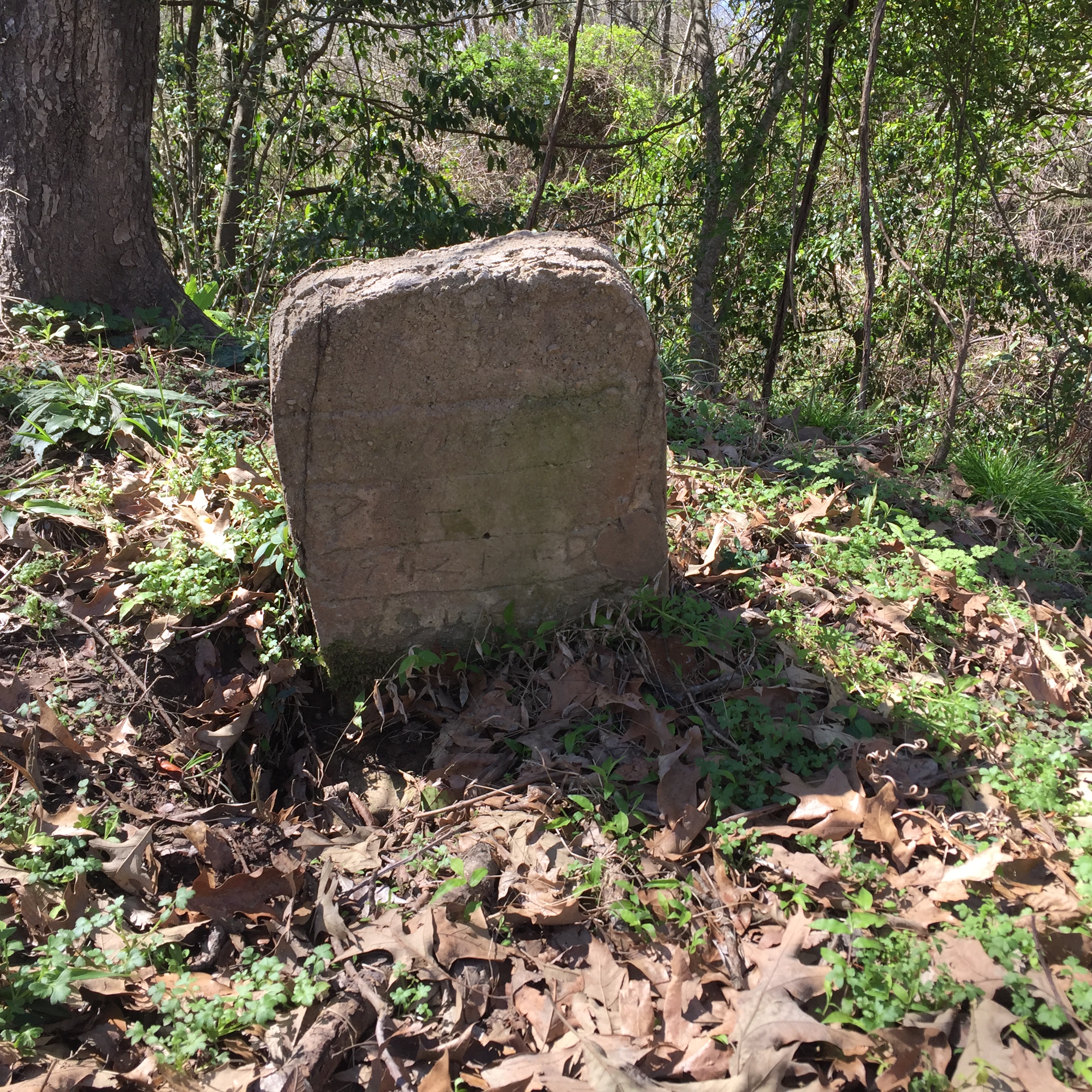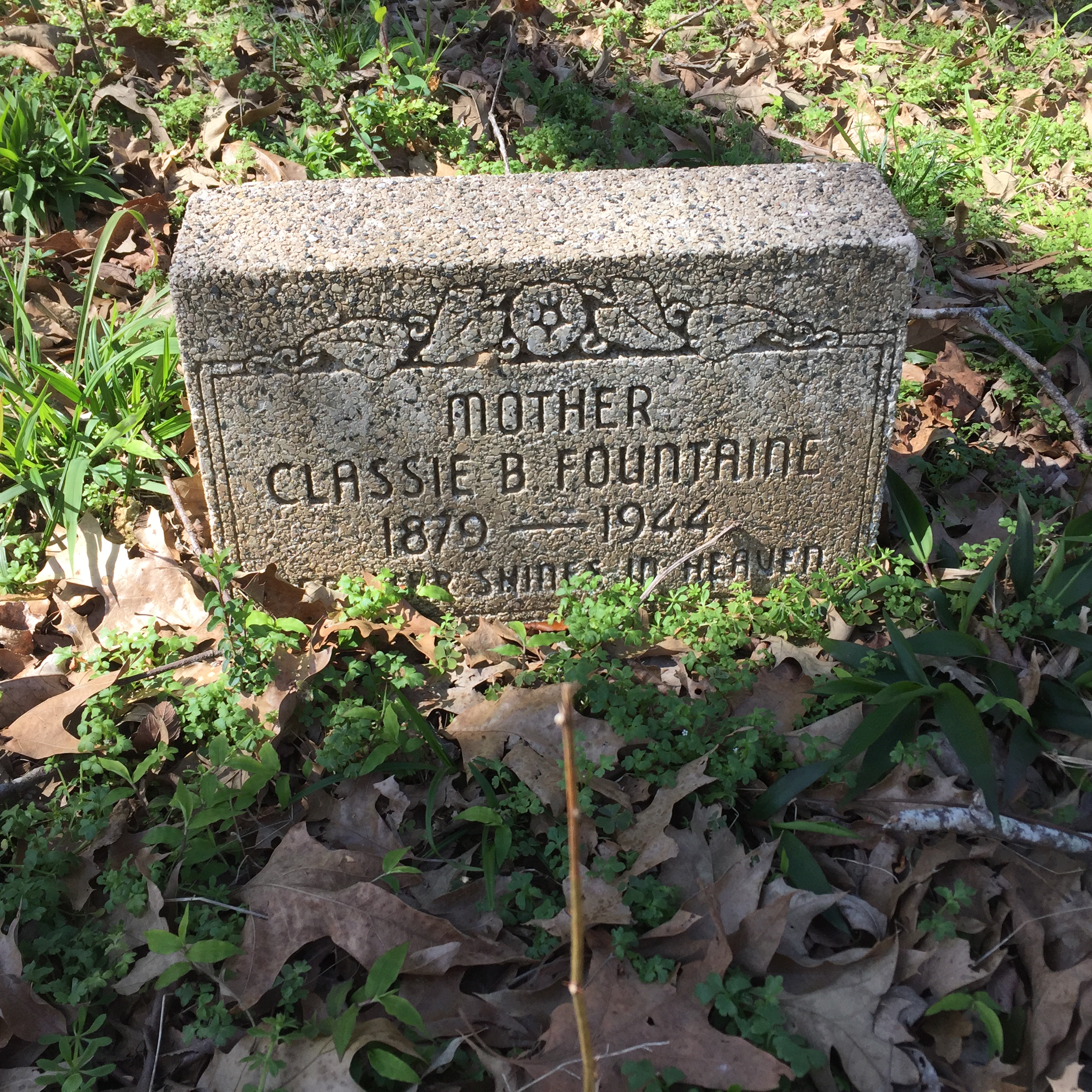it sucks to feel that you somehow deserve to be poor
I finished this book the week before Sherman Alexie was in the news, and in my Facebook feed (we share some colleagues), for having sexually harassed many female writers. I am glad I read it Before. Now, he joins the category of other Fallen male culture producers whose accomplishments smell faintly of fridge-with-moldy-food. [But note: there are other categories in the spectrum of Fallen male culture producers whose accomplishments now smell much worse.]
"Seriously, I know my mother and father had their dreams when they were kids. They dreamed about being something other than poor, but they never got the chance to be anything because nobody paid attention to their dreams.
Given the chance, my mother would have gone to college.
She still reads books like crazy. She buys them by the pound. And she remembers everything she reads. She can recite whole pages by memory. She's a human tape recorder. Really, my mom can read the newspaper in fifteen minutes and tell me baseball scores, the location of every war, the latest guy to win the Lottery, and the high temperature in Des Moines, Iowa.
Given the chance, my father would have been a musician.
When he gets drunk, he sings old country songs. And blues, too. And he sounds good. Like a pro. Like he should be on the radio. He plays the guitar and the piano a little bit. And he has this old saxophone from high school that he keeps all clean and shiny, like he's going to join a band at any moment.
But we reservation Indians don't get to realize our dreams. We don't get those chances. Or choices. We're just poor. That's all we are.
It sucks to be poor, and it sucks to feel that you somehow deserve to be poor. You start believing that you're poor because you're stupid and ugly. And then you start believing that you're stupid and ugly because you're Indian. And because you're Indian you start believing you're destined to be poor. It's an ugly circle and there's nothing you can do about it.
Poverty doesn't give you strength or teach you lessons about about perseverance. No, poverty only teaches you how to be poor."
- Sherman Alexie, The Absolutely True Diary of a Part-Time Indian, 2007
all good folks, colored and white, abided by that
"I parked the truck and got out. The way it was in Kentucky, in the South back then, was that going into a colored neighborhood was more or less like going into a whole other country. Your neighborhood could be on the edge, you could live three blocks or not even that, maybe just the distance of a field, be as close as from here to there, but the chances of you ever getting there, assuming your business was good, were about as much as you getting to California. Folks didn't mix, plain as that. There was no town meeting, no drawn-out line that said this is where you don't cross, but there was an understanding, and all good folks, colored and white, abided by that.
So when I had the opportunity to find myself on the other side, I looked around. That particular road was dirt and dark, but the snow on the ground spread around whatever light was left. I looked at the same porch on every house, each with a couple of chairs, a stack of empty bushel baskets, some firewood, maybe a flat of empty Coca-Cola bottles. I watched the curtains draw back, a face peer out and disappear. They wanted to know what a white man big as me was doing out in their road come nighttime, though it was clear enough whose house I was standing in front of. They wanted to let me know they'd seen me, that if anything was to happen, they would have seen my face."
- Ann Patchett, "The Patron Saint of Liars," 1992
a well-loved colored woman whose lover was the horizon in any direction
"The South in her, the land and salt-winds, moved her through Charleston's streets as if she were a mobile sapling, with the gait of a well-loved colored woman whose lover was the horizon in any direction. Indigo imagined tough winding branches growing from her braids, deep green leaves rustling by her ears, doves and macaws flirting above the nests they'd fashioned in the secret, protected niches way high up in her headdress. When she wore this Carolinian costume, she knew the cobblestone streets were really polished oyster shells, covered with pine needles and cotton flowers. She made herself, her world, from all that she came from. She looked around her at the wharf. If there was nobody there but white folks, she made them black folks. In the grocery, if the white folks were buying up all the fresh collards and okra, she made them disappear and put the produce on the vegetable wagons that went round to the Colored. There wasn't enough for Indigo in the world she'd been born to, so she made up what she needed. What she thought the black people needed."
- Ntozake Shange, Sassafrass, Cypress & Indigo, 1982
Arizona, May 2017
pink = where I went
This was my first time in Arizona. My only prior connection to the state is ancestral. It is the state through which my maternal great-grandparents immigrated from Mexico.
Susanna (whom I'm named after) and José Robles came to the U.S. in 1917, after a flood devastated their ranch in Hermosillo, Sonora. With hopes of finding work as day laborers, they crossed the border with nothing but the clothes on their backs and their three children. They eventually settled in Los Angeles. My grandmother, Guadalupe, was their youngest of eight surviving children. I found myself thinking about Susanna and José a lot on this trip; about how the narrative of three generations and exactly 100 years has made my experience of this country so different than theirs.
I flew into Phoenix and stayed the night in an Airbnb - a bedroom in Paul and Harry's home in Scottsdale. Paul has a nice little patio garden in front, which he keeps as tenderly tidy as he does the rest of the house. I asked them the name of the lovely flowering tree in front and Harry spent the good part of an hour trying to find out for me.
We talked about being gay in our different generations and different parts of the country. Harry is originally from Boston and Paul Bangkok, but they moved to Arizona together from southern California. They do Airbnb with the extra bedroom in their home as a way to fund their love of travel.
I told them I was hoping to see some giant saguaros on my way out of Phoenix and they said I should go to the Desert Botanical Garden; that even if I didn't go inside I could see a lot wandering around the grounds. On my way there I drove through rock formations that looked other-worldly in their terra cotta skin folds and craters. I got out and went for a walk. Bushes with little yellow flowers were in bloom. I admired a giant, weathered saguaro standing its ground in the hot dry quiet, then looked up and found a grey bird with red cheeks sitting inside it, blinking at me.
The entry fee for the Desert Botanical Garden was $25 so I did not enter and just looked around the grounds like Harry suggested. Their saguaros and succulents were the well watered, flamboyantly blossoming cousins of the toughened ones out in the desert.
Harry and Paul said that for Mexican food I should eat at Carolina's sometime during my stay. (They told me the neighborhood it's in is often featured on the nightly news because of shootings and recommended I go in broad daylight.) I stood in Carolina's lunch line with a truly diverse crowd that seemed aglow in the comradery that is natural in a situation where you get excellent food for under $5. I thoroughly enjoyed my tacos, rice, beans, and salsa.
Then I walked around the neighborhood.
Before I left town I stopped by a Mexican grocery store, Los Altos Ranch Market. It reminded me of the store I used to go to with my Grandma in California.
I took my time driving to Cornville (near Sedona), where I would stay that night. I came across the biggest, happiest saguaros I saw on my whole trip - in a mobile home park in Wittmann, where people have made lovely desert gardens around their homes.
More scenes between Phoenix and Cornville:
There were confederate flags up on other structures around that little church.
I arrived in Cornville in the evening and met Maggie, who hosts people in rooms in her home and in tents on her property through Airbnb. She signs her correspondences "Maggie + the Critters." The critters include horses, dogs and cats - all of whom are as sweet and welcoming as Maggie, who gave me a warm hug upon meeting me.
In the morning she introduced me to her horses. Her beautiful mare Reiny nuzzled me for biscuits.
Maggie's place is appropriately named Peace Tree Sanctuary. My plan had been to get up early and spend the day exploring the famous sites of Sedona but instead I spent the morning enjoying this special place.
A little waterfall runs off a canal that goes through the property. From the little creek produced by the waterfall, Maggie has rigged up an irrigation system with PVC pipes to different parts of the land.
I also enjoyed other less functional but still purposeful arrangements.
Maggie told me about Sedona, as had two dear friends in Seattle who lived there for a while and were eager for me to visit. Originally a sacred place for many Native American tribes, Sedona is now a hot spot for the New Age community. Maggie explained that Sedona and the surrounding area have powerful spots of energy, generated by the earth itself, called vortexes. I was primed for an experience in a magical landscape!
As it turned out I only had about two hours in Sedona. Maggie told me about a swimming hole in Oak Creek Canyon so I decided to spend my time there, at Grasshopper Point. It was a beautiful drive through the canyon and then a short hike down to the swimming hole. When I got to the beach I stumbled onto a party in progress. Young men drank beer and ate Doritos and played loud country music that occasionally tried its hand at rap. I was there, in my swimsuit I'd clumsily changed into in the back seat of my rental car, but I wasn't there. I was swimming in the cold clear green water at the foot of steep red rocks. I was a fly on the wall at a frat party.
Scenes driving from Sedona to the Grand Canyon:
One of my dorm-mates from undergrad lives in the Grand Canyon (!) and she invited me to stay in her home there. Miranda and her husband Todd are both employed by the National Park Service - Miranda as a Wildlife Biologist and Todd as an Interpreter. They have a wonderful three year old named Theo, who decked herself out in her finest - hair styled with baby powder - to water plants and paint rocks. We read books together in the evenings.
In the morning I drove a few miles and parked at the visitor center, then walked to the edge of the south rim.
Vast many-colored beauty!
I was struck with the standing-under-a-starry-sky feeling of floating between infinite bigness and crushing smallness.
A very persistent squirrel attempted to join me for lunch. My girlfriend in undergrad was a wildlife major and so by extension I was schooled enough to know not to be swayed by this mammal's cuteness and enable its self-destructive habit. A man taking a picture a few feet away saw me using my chip bag to make noise and shoo the squirrel away and looked at me reprovingly and said "Little guy's just hungry." In defense of my hard-heartedness I offered, "The wildlife biologists in my life taught me not to feed them." He said, "But we're regular people, not wildlife biologists. We don't have to do what they do." I didn't know what to say to that.
I had thought I'd do a half-day hike and being someone who likes ample water and snacks, ended up with a rather heavy backpack. I felt virtuous rather than excessive (that came later) and validated by the signs everywhere that ask accusingly, "Did you bring enough snacks and water?" as in YES YOU and then provide graphs and charts to show you that YOU DIDN'T. Unlike the assumed average Grand Canyon visitor, I probably had enough water and snacks to reach the bottom of the canyon and back.
I knew altitude sickness was a thing but somehow thought that since I was young (i.e. younger than many of the hikers I saw bounding up the canyon with ease) and relatively in-shape (not true) and not a tourist (huh?) I would not experience it. I was stumbling around with my too-heavy pack for not very long before I got quite queasy. I kept trying to walk away from the bathrooms only to have to walk back... each time like, WHAT is going on? Look at all these tourists that do not appear to be sick! Miranda and Todd reminded me that night that I live at sea-level. And that altitude sickness is a thing. And I admitted that one's altitude and related sensations are none of them contingent upon one's motives for being in a place or the means by which one arrives there.
Anyway, I had a nice day walking around the rim near the bathrooms. I got to see the sunset, a magnificent gift I hardly believed I got to receive simply by being there. There are small gifts everywhere that don't care if you're worthy of them, but usually you have to look for them. This one was unabashedly grand, and it found me; jumped on me and pulled me in. And it glowed. Many shades of tangerine and lavender. Before driving back to Miranda's I sat in my car where I had cell service and called my family at home. I was about to start the car when a couple rode their bikes past my parked car. The guy asked the girl "How's your stomach now?" and she said, "Oh, better. I guess I just really had to fart." I was glad to know others were having gastro-intestinal reactions to the splendor.
The next day I drove east to the Watchtower at Desert View. The Watchtower is a structure that was conceptualized, designed and overseen through all stages by architect Mary Elizabeth Jane Colter in 1932.
Colter wrote a book that functions as a manual for understanding her creation for a very specific audience: [male] tour bus drivers and Grand Canyon guides. Despite being an excellent resource on prehistoric Southwestern architecture, the book has the feeling of a personal letter; its first words are a salutational "Dear boys." Beyond the act of creating this building, it was of great importance to Mary Colter that it be understood, and she didn't trust her luck that someone else would do the job of interpreting and educating for her. So she wrote a book. I grew more fond of her with every page I read. She wanted her work to be experienced in context and known for what it is as well as what it isn't: it is a unique, modern-era building inspired by prehistoric ruins of the Southwest; it is not a replica or restored relic.
The Watchtower and its surroundings were a visual feast with unexpected surprises around the back of the building, such as cinderblocks on a tarp covering firewood, a pink barrel on stilts, and walls with nooks and crannies.
On the ground floor of the watchtower, Navajo weaver Florence Riggs (Deer Spring Clan: Mother's Clan, Mexican Clan: Father's Clan) was sharing her process. I asked if I could sit with her and watch her and if I could take her picture. She said yes and I sat on the floor while she worked. It was surprisingly quiet in the room.
Wall paintings by Hopi artist Fred Kabotie cover the interior surfaces of the Watchtower. Climbing the stairs to the top is like moving through a painting.
The experience reminded me of the interior painting spaces I've had the privilege of putting my body in in Florence - the fresco-filled churches and monastery cells. The difference was that in Florence, I stood on the firm ground of years of Art History classes. Here, I was completely unprepared and mind and heart experienced an earthquake and tumbled around a little.
Feeling successfully not nauseous and bathroom-bound on this day, I then took a short hike to Shoshone Point. This hike isn't advertised or described anywhere in the park and there is no sign marking its trailhead. I'd read about it in a library book about the Grand Canyon before my trip, and then Todd told me it is one of the best views of the South Rim. After driving too far down the road and doubling back, I found the trailhead and went on the walk through woods that opens up at the edge of the canyon onto this view, which I had entirely to myself.
I asked Miranda to tell me about her job as a Wildlife Biologist in the Grand Canyon. She does some field work, some office work, some educational work, and a lot of strategizing and negotiating the intersections between humans and wildlife, which she has some great stories about. Once, a rattlesnake was hanging out at the front door of the visitor center; she used a "snake grabber" (!) to move it to safety. Another time a park visitor took a bat off a wall in the bathroom, brought it into the gift store, and handed it to the cashier. The visitor disappeared and the store keeper had to get a rabies shot. Miranda brought the bat out of the gift store and released it. She told me about these encounters like they were just ordinary days on the job. It was so good to reconnect with this friend after 20 years.
On the day I was to fly out of Phoenix, I left the Grand Canyon a different way than I had come so that I could visit Wupatki National Monument. Days ago in Cornville, Maggie had given me some rosemary from her garden to put on the dashboard of my rental car, which smelled strongly of new car smell. The rosemary released its smell as it cooked in the sun and was a comforting presence over the week.
The Wupatki Pueblo is the remains of a village from the 11th century. It was a kind of multi-use building whose modern-day equivalent might be a multi-storied apartment building with some Airbnb rooms and shops below. People from different regions would meet here to work, play, and gather for spiritual reasons.
I was especially taken with the blowhole.
The Blowhole is a human-made (11th century) portal to a naturally occurring crack in the earth of unknown depth and proportions. Depending on the quality of the air pressure outside, warm or cool air will flow in or out of the blowhole, creating wind. Standing over it is like feeling the earth as a body next to you, breathing.
what you were supposed to do was get in your car, drive twelve feet down the street to another parking lot, park the car and get out
At times guiltily, I found Bill Bryson's The Lost Continent enjoyable. He is an irreverent white American straight man on a road trip across his home country in the 1980's after having lived in England for years. He is baffled by race and the book has plenty of sexist comments that, like the book, come straight from the 1980's. Thankfully he focuses his scrutiny mostly on other white American straight men; he is ruthless and it is funny. This is the first book I read for this project in the genre of White American Male Sets Out To Explore His Country.
"I got a room in the Heritage Motor Inn, then went out for a walk to try once more to find Carbondale. But there really was nothing there. I was perplexed and disillusioned. Before I had left on this trip I had lain awake at night in my bed in England and pictured myself stopping each evening at a motel in a little city, strolling into town along wide sidewalks, dining on the blue-plate special at Betty's Family Restaurant on the town square, then plugging a scented toothpick in my mouth and going for a stroll around the town, very probably stopping off at a Vern's Midnite Tavern for a couple of draws and a game of eight-ball with the boys or taking in a movie at the Regal... But here there was no square to stroll to, no Betty's, no blue-plate specials, no Vern's Midnite Tavern, no movie theater, no bowling alley. There was no town, just six-lane highways and shopping malls. There weren't even any sidewalks. Going for a walk, as I discovered, was a ridiculous and impossible undertaking. I had to cross parking lots and gas station foodcourts, and I kept coming up against little white-painted walls marking the boundaries between, say, Long John Silver's Seafood Shoppe and Kentucky Fried Chicken. To get form one to the other, it was necessary to clamber over the wall, scramble up a grassy embankment and pick your way through a thicket of parked cars. That is if you were on foot. But clearly from the looks people gave me as I lumbered breathlessly over the embankment, no one had ever tried to go from one of these places to another under his own motive power. What you were supposed to do was get in your car, drive twelve feet down the street to another parking lot, park the car and get out. Glumly I clambered my way to a Pizza Hut and went inside, where a waitress seated me at a table with a view of the parking lot.
All around me people were eating pizzas the size of bus wheels. Directly opposite, inescapably in my line of vision, an overweight man of about thirty was lowering wedges into his mouth whole, like a sword swallower."
- Bill Bryson, The Lost Continent: Travels in Small-Town America, 1989
such a portentous and mysterious monster roused all my curiosity
these laws were essential to the security of my body
"To survive the neighborhoods and shield my body, I learned another language consisting of a basic complement of head nods and handshakes. I memorized a list of prohibited blocks. I learned the smell and feel of fighting weather. And I learned that "Shorty, can I see your bike?" was never a sincere question, and "Yo, you was messing with my cousin" was neither an earnest accusation nor a misunderstanding of the facts. These were the summonses that you answered with your left foot forward, your right foot back, your hands guarding your face, one slightly lower than the other, cocked like a hammer. Or they were answered by breaking out, ducking through alleys, cutting through backyards, then bounding through the door past your kid brother into your bedroom, pulling the tool out of your lambskin or from under your mattress or out of your Adidas shoebox, then calling up your own cousins (who really aren't) and returning to that same block, on that same day, and to that same crew, hollering out, "Yeah nigger, what's up now?" I recall learning these laws clearer than I recall learning my colors and shapes, because these laws were essential to the security of my body."
- Ta-Nehisi Coates, Between the World and Me, 2015
Mississippi & Louisiana, February 2017
pink = where we went
I had never been to Mississippi or Louisiana before. I think I wanted Mississippi to be my first state for this project because of Nina Simone's "Mississippi Goddam." My imagination had latched onto Mississippi as the heart of a protest song. Anna and I cashed in our frequent flyer miles, with a special uncle to stay at home with our boy. This started out as a single-state trip but at the last minute turned into two states when I realized how much there was to see in Louisiana just over the state line, and that it would be smart for me to visit two states for the price of one plane ticket when possible. But doing both states in four days was rather harried and I'm going to try not to do that again.
We flew into Baton Rouge and spent the night in this little Airbnb cabin in the woods in St. Francisville, LA.
The next day we drove on bridges across vast swamps to Breaux Bridge, LA. We went to the visitors center, and I asked the woman working there where she thought I should go if I wanted to get a sense of this part of the state. She told me about Lake Martin, and wanted to show me pictures on her computer of what it looks like in the spring; she seemed disappointed that I was going to see it in winter, and not at its best. She said, "It's so serene out there. So beautiful." She's lived in Breaux Bridge her whole life.
We had a picnic lunch and then went on a ride in boat through Lake Martin with a man named Shawn. Shawn and his dad Butch have a business giving swamp tours.
I asked Shawn if he grew up around here and he said yes, and that this lake (not technically a swamp, he told us) was his classroom. His dad studied Zoology and Botany and taught him everything he knows.
He told us about the biology of the lake, about the animals that live there, and about the history and culture of the area: about duck hunters and Cajuns and swimming habits of local youth (not afraid of alligators); about the birders who come faithfully every winter and sit in lawn chairs in hopes of seeing the bird we just saw, but rarely do - a vermillion flycatcher. I didn't even try to take a picture, and instead just watched this quick small flying flash of pure bright red darting through the blue sky.
Alligators aren't active hunters. They just wait for their food to come to them, while lounging and soaking up sun through these crazy bumps on their back. Shawn knows which mama alligator with her kids live in which part of the lake. (Males don't stick around.)
Duck hunters build structures to hide behind. Shawn tells us that people eat what they kill, and that the ecosystem depends on the hunters to stay balanced. But he is not pleased with what gets left behind.
Near the end of the tour, we were admiring a bird that Shawn was saying makes many trips back and forth to Mexico. Then he said, "Don't tell Trump! He'll build a wall for the birds!" We laughed, and I wondered if he had different jokes for people from different places.
I was so gobsmacked by this place that I completely forgot about my project. I did not take notes. I had this man alone on a boat for two hours and did not ask him about any other place I should go, not even where we should go for dinner. I later realized that as silly as this was, it was good. I had been in the place and not thinking about a different place.
After the boat ride we drove to Lafayette, had dinner and headed over to our Airbnb. The map lady in my phone led us astray into the wrong neighborhood, and thank heavens she did, otherwise we would have missed this marvel.
This (3D, moving) thing is in the middle of a neighborhood (?), and in better shape than most of the houses around it. As you can see, it is at ground level (!), so apparently meant to be experienced on foot!
So far we have struck gold with our Airbnbs! Why stay in a hotel again? This one had a little goldfish pond in back.
In the morning we chatted with our friendly host on the porch. When I told him about my project and asked him to tell me which places we should go, he talked about the land itself; how the Mississippi River has shaped the region by making the soil near it rich and fertile. I thought about the landscape in a new way after that conversation. We said we were thinking of going to St. Martinville, and he said if we did we should go to St. Martin de Tours church, the town's historic Catholic church.
Inside was a sculptural shrine that I recognized as a recreation of the grotto in France where St. Bernadette had her vision of Mary. I particularly enjoyed the pretend rocks.
Next to the church is this trophy/monument to white American stories.
"ATTAKPA INDIAN : ROVING SAVAGE TRIBE WHO SETTLED HERE PRIOR TO THE FRENCH. PARTLY CHRISTIANIZED AND CIVILIZED BY MISSIONARIES. DEDICATED NOVEMBER 3, 1961"
We headed up route 61 to Natchez, Mississippi. Nearly there, we got out and looked at Mammy's Cupboard, which I'd read had good biscuits but was closed.
the right side of Mammy's Cupboard
Mammy's Cupboard
There was a note on the door saying there had been a family emergency. (The next day we were told that it used to be called Black Mammy's, and that it really was a shame that it was closed when we were there.)
The left side of Mammy's Cupboard
When we got to Natchez we wandered around a little bit. Coming from winter in Seattle, I was enamored of the flowering bushes everywhere.
Sunset on the Mississippi!
Our Airbnb was a pink house built in the 1800's just a few blocks from downtown Natchez, owned by a composer. There was a baby grand in the living room. While we sat on the front porch eating breakfast, people drove by waving and shouting "How y'all doin!"
In the morning we went to the Natchez Museum of African American History and Culture. When we walked in the director, Darrell White, greeted us and asked how we wanted to structure our visit. Did we want to walk around looking at stuff and find him if we had any questions? Or did we want him to give us a private tour of the museum? I told him I am a painter doing an art project about place, and would love to hear whatever he has to tell me about Natchez. He said, "Sit." So we sat. He spent well over an hour with us. Shortly after we began our lesson, two ladies in elegantly coordinated dresses, hats and shoes came in and sat down and joined us. They are regulars.
We learned a lot in a short amount of time. I took notes furiously. Natchez was one of the most violent and active territories of KKK activity. Guns were legal as long as they weren't concealed; people had guns on them like they do cell phones now, just hanging out of their pockets. There was a group in Louisiana called the Deacons for Defense and Justice. When their kids were threatened and attacked for going to school, the Deacons told their kids to fight back. They would go to school with the kids to make sure they got in and out safely, and they intimidated the Klan with guns. It worked. This inspired people in Natchez to get guns and defend their kids and community with force, if necessary. (This was mid 1960's.) They had more guns than the KKK. It worked. The KKK leader put a 90 day moratorium on Klan activity until they could figure out what to do with the "niggers in Natchez with the guns."
He told us about Nellie Jackson, who had the most successful, longest-standing African American business in the city's history - it thrived for over sixty years. She used to bail civil rights fighters out of jail, and to help members of the black community in need. I asked, "What kind of business was it?" Darrell White, deadpan: "A brothel."
In the 1990's Miss Nellie turned away a white man because he was drunk; she had strict rules that she upheld to protect her girls. That night he set her house on fire. Miss Nellie died a few days later.
I asked him if the house was still there. He said yes, but it's nothing to see. I said I really wanted to go there and he seemed perplexed. I persevered and he told us what street it's on and the cross street.
We had to hurry off (which I regret even more in retrospect than I did at the time) because that day was our only chance to see a nearby cotton plantation. Before we left, he showed me the sad state of his cotton basket that has been picked clean by museum visitors. He gave me a note to give to the owner of the plantation asking for fresh cotton.
Frogmore Cotton Plantation was just a half hour west over the state line. Learning about slavery and the Civil War as a child, cotton took on this mythic quality for me; as though all of the human suffering that took place at that time was somehow related to the nature of cotton itself. I had never seen it growing in person and felt like I needed to, to satisfy this narrative that lingers, as nonsensical as it is.
When I was reading about the different plantations, I was surprised to discover that few of them devoted much space or time to communicating the realities of slavery. We chose to visit this plantation because it is particularly invested in telling the story of the people that lived and worked there as slaves. We joined a tour of about ten people and walked through the grounds, the slave quarters, overseer's house, and cotton gin. At one point, the woman leading the tour was showing us a typical piece of clothing worn by the slaves. It looked like a sack and was made of lightweight cotton. The woman told us, "Now, the men had one muslim for day and one muslim for night. The women just had one muslim, period." I still don't know if we should have said something.
We went and saw the earthen remains of the Natchez Indians. There are mounds covered with nicely trimmed grass. I had a hard time looking at them without imagining the lawnmower that goes over them.
The mounds were used for different things. One was for the home of the chief; each new chief's home was built on top of the former home and the mound got higher with each generation. Some were for burial, and some for ceremonial use.
We drove a bit of the beginning of the Natchez Trace Parkway which starts in Natchez and runs diagonally across the entire state into Alabama. It is an old path, originally made by animals, then used by Native Americans, then eventually paved over. There is a part of the trail that is preserved called the "Sunken Trace." It was an amazing mammalian experience to walk on an intentional path of earth that has been walked on by so many beings for so long.
We didn't eat out much and mostly got food from the grocery store to prepare at the house. That night at Natchez Market, the woman in line behind me said she liked my striped pants. I guess the way I said "thank you" communicated that I wasn't from there, because then she asked me where I was from. The cashier joined in easily, naturally, and they asked me how I liked Mississippi and Louisiana. I said I particularly liked Natchez; that I wasn't just saying that. The cashier said she wishes she could go to Seattle. She said she'd never been anywhere outside Mississippi except Georgia.
The next morning we stopped by the river and then a cafe to get Anna a biscuit. After the young guy behind the counter gave her the biscuits, she asked where she should pay for them. He said, "Aw, I ain't gonna charge ya." Wow! They came with a little container of butter mixed with apricot jam.
We drove around looking for Miss Nellie's house. It's a white house with red shutters in a quiet neighborhood. Next door there was a family - three generations, I think - sitting on their front steps in the sun. When I got out and went up to the house, they watched me curiously. I got the feeling that people don't ever go there looking for Miss Nellie's house, and that I was intruding. By way of explanation for our presence, I said "Is this Miss Nellie's house?" The woman got up and said, "Yes Ma'am." I looked at the house like it was something to see and took a few hasty pictures while they watched me. When we left, they waved goodbye, and we waved goodbye, and they watched us drive away.
I had the very clear feeling that I was making some kind of mistake during this interaction, but did not know what it was. I thought the mistake was my mere presence there; that I had intruded on this family enjoying their morning. Now, after having had the help of some friends processing this and other interactions on this trip, I wonder if the mistake was not staying long enough. Maybe I should have gone over and introduced myself and told them what I was doing there; offered to share my story as I was entering theirs.
We drove south and east past Woodville. This is what residential trash cans look like in rural Mississippi. They were empty and dotted the roads lit up by the sun. They're maybe 3 feet cubed.
Driving down country roads we came upon a makeshift cemetery on a stretch of hilly land on the side of the road. A few of the gravestones were handmade.
We were going to Clark Creek Natural Area, where we had hoped to have time for a short walk. There were several school buses in the parking lot and as we started walking down the trail we met in dreary, exhausted succession many preteens straggling up the hill. Nearly all of them asked us how much longer it was to the parking lot. When we told them, some were visibly relieved and a few glared at us like teenagers should. "Only 3 more minutes! You're almost there!" then "Only 10 more minutes!" then "Just like 20 minutes!" then, to ourselves, "Damn this is a steep hill. Maybe we should turn around." The teachers with the kids were maybe in their twenties and were giving constant, loving encouragement. I found myself relating so much to both the kids and the teachers. I remembered feeling like that on family hikes - at the end being hungry, thirsty, tired and complaining and my mom pushing me up the hill.
On our way back to the Baton Rouge airport we stopped at Rosedown Plantation in St. Francisville. The gardens and grounds are beautiful. Fluffy mounds of pink flowers on green bushes, trees dripping with Spanish moss, little fountains in the middle of geometrically patterned hedges, gazebos, benches in lush alcoves. I found it completely impossible to separate it all from its meaning; not that I think I should try.
I will fight no more forever
CHIEF JOSEPH: SURRENDER TO THE U.S. ARMY, 1877
"Tell General Howard I know his heart. What he told me before, I have it in my heart. I am tired of fighting. Our chiefs are killed; Looking-Glass is dead, Ta-Hool-Hool-Shute is dead. The old men are all dead. It is cold, and we have no blankets; the little children are freezing to death. My people, some of them, have run away to the hills, and have no blankets, no food. No one knows where they are - perhaps freezing to death. I want to have time to look for my children, and see how many of them I can find. Maybe I shall find them among the dead. Hear me, my chiefs! I am tired; my heart is sick and sad. From where the sun now stands I will fight no more forever."
I listened to this as a part of Caroline Kennedy's 2001 compilation A Patriot's Handbook: Songs, Poems, Stories and Speeches Celebrating the Land We Love.
Chief Joseph's surrender was recorded and published in the November 11, 1877, issue of Harper's Weekly. He was chief of the Nimiipuu, or the Nez Perce (the name given to them by French Canadian fur trappers in the 1700's.) His people saved the Lewis and Clark expedition from death on several occasions.
as if hung from a hook in the spine of the will not to fall for weakness
Let Us Now Praise Famous Men is the result of weeks James Agee (writer) and Walker Evans (photographer) spent living with poor, white sharecroppers in Alabama in summer 1936.
Agee writes about this church that he and Evans come across on the side of the road, which "shocked us with its goodness straight through the body." It is closed, and they want to get inside, to document its loveliness:
"While we were wondering whether to force a window, a young negro couple came past up the road. Without appearing to look either longer or less long, or with more or less interest, than a white man might care for, and without altering their pace, they made thorough observation of us, of the car, and of the tripod and camera. We spoke and nodded, smiling as if casually; they spoke and nodded, gravely, as they passed, and glanced back once, not secretly, nor long, nor in amusement. They made us, in spite of our knowledge of our own meanings, ashamed and insecure in our wish to break into and possess their church, and after a minute or two I decided to go after them and speak to them, and ask them if they knew where we might find a minister or some other person who might let us in, if it would be all right. They were fifty yards or so up the road, walking leisurely, and following them, I watched aspects of them which are less easily seen (as surrounding objects are masked by looking into a light) when one's own eyes and face and the eyes and face of another are mutually visible and appraising. They were young, soberly buoyant of body, and strong, the man not quite thin, the girl not quite plump, and I remembered their mild and sober faces, hers softly wide and sensitive to love and to pleasure, and his resourceful and intelligent without intellect and without guile, and their extreme dignity, which was as effortless, unvalued, and undefended in them as the assumption of superiority which suffuses a rich and social adolescent boy; and I was taking pleasure also in the competence and rhythm of their walking in the sun, which was incapable of being less than a muted dancing, and in the beauty in the sunlight of their clothes, which were strange upon them in the middle of the week. He was in dark trousers, black dress shoes, a new-laundered white shirt with lights of bluing in it, and a light yellow, soft straw hat with a broad band of dark flowered cloth and a daisy in the band; she glossy-legged without stockings, in freshly whited pumps, a flowered pink cotton dress, and a great sun of straw set far back on her head. Their swung hands touched gently with their walking, stride by stride, but did not engage. I was walking more rapidly than they but quietly; before I had gone ten steps they turned their heads (toward each other) and looked at me briefly and impersonally, like horses in a field, and faced front again; and this, I am almost certain, not through having heard sound of me, but through a subtler sense. By the time I raised my hand, they had looked away, and did not see me, though nothing in their looking had been quick with abruptness or surreptition. I walked somewhat faster now, but I was overtaking them a little slowly for my patience; the light would be right by now or very soon; I had no doubt Walker would do what he wanted whether we had 'permission' or not, but I wanted to be on hand, and broke into a trot. At the sound of the twist of my shoe in the gravel, the young woman's whole body was jerked down tight as a fist into a crouch from which immediately, the rear foot skidding in the loose stone so that she nearly fell, like a kicked cow scrambling out of a creek, eyes crazy, chin stretched tight, she sprang forward into the first motions of a running not human but that of a suddenly terrified wild animal. In this same instant the young man froze, the emblems of sense in his wild face wide open toward me, his right hand stiff toward the girl who, after a few strides, her consciousness overtaking her reflex, shambled to a stop and stood, not straight but sick, as if hung from a hook in the spine of the will not to fall for weakness, while he hurried to her and put his hand on her flowered shoulder and, inclining his head forward and sidewise as if listening, spoke with her, and they lifted, and watched me while, shaking my head, and raising my hand palm outward, I came up to them (not trotting) and stopped a yard short of where they, closely, not touching now, stood, and said, still shaking my head (No; no; oh Jesus, no, no, no!) and looking into their eyes; at the man, who was not knowing what to do, and at the girl, whose eyes were lined with tears, and who was trying so hard to subdue the shaking in her breath, and whose heart I could feel, though not hear, blasting as if it were my whole body, and I trying in some fool way to keep it somehow relatively light, because I could not bear that they should receive from me any added reflection of the shattering of their grace and dignity, and of the nakedness and depth and meaning of their fear, and of my horror and pity and self-hatred; and so, smiling, and so distressed that I wanted only that they should be restored, and should know I was their friend, and that I might melt from existence: 'I'm very sorry! I'm very sorry if I scared you! I didn't mean to scare you at all. I wouldn't have done any such thing for anything.'
They just kept looking at me. There was no more for them to say than for me. The least I could have done was to throw myself flat on my face and embrace and kiss their feet. That impulse took hold of me so powerfully, from my whole body, not by thought, that I caught myself from doing it exactly and as scarcely as you snatch yourself from jumping from a sheer height: here, with the realization that it would have frightened them still worse (to say nothing of me) and would have been still less explicable; so that I stood and looked into their eyes and loved them, and wished to God I was dead. After a little the man got back his voice, his eyes grew a little easier, and he said without conviction that that was all right and that I hadn't scared her. She shook her head slowly, her eyes on me; she did not yet trust her voice. Their faces were secret, soft, utterly without trust of me, and utterly without understanding; and they had to stand here now and hear what I was saying, because in that country no negro safely walks away from a white man, or even appears not to listen while he is talking, and because I could not walk away abruptly, and relieve them of me, without still worse a crime against nature than the one I had committed, and the second I was committing by staying, and holding them. And so, in this horrid grinning of faked casualness, I gave them a better reason why I had followed them than to frighten them, asked what I had followed them to ask; they said the thing it is usually safest for negroes to say, that they did not know; I thanked them very much, and was seized once more and beyond resistance with the wish to clarify and set right, so that again, with my eyes and smile wretched and out of key with all I was able to say, I said I was awfully sorry if I had bothered them; but they only retreated still more profoundly behind their faces, their eyes watching mine as if awaiting any sudden move they must ward, and the young man said again that that was all right, and I nodded, and turned away from them, and walked down the road without looking back."
- James Agee, Let Us Now Praise Famous Men, 1939
red country reading list
While I'm doing this project I'm reading books that either take place in a red state or are about America thematically. Email me with recommendations! susannabluhm@gmail.com
+ = finished
A Patriot's Handbook: Songs, Poems, Stories and Speeches Celebrating the Land We Love - Caroline Kennedy (2001) +
The Absolutely True Diary of a Part Time Indian - Sherman Alexie (2007) +
Americanah - Chimamanda Ngozi Adichie (2013) +
Between the World and Me - Ta-Nehisi Coates (2015) +
Beloved - Toni Morrison (1987) +
Blue Highways - William Least Heat-Moon (1982) +
The Book of Unknown Americans - Cristina Henríquez (2014) +
Calling Me Home - Julie Kibler (2013) +
Call Them by Their True Names - Rebecca Solnit (2018) +
Educated - Tara Westover (2018) +
Farmer Boy - Laura Ingalls Wilder (1933) +
The Fire Next Time - James Baldwin (1963)
The Grapes of Wrath - John Steinbeck (1939) +
Heroes of the Frontier - Dave Eggers (2016) +
Hillbilly Elegy - J.D. Vance (2016) +
How I Became a Ghost - Tim Tingle (2013) +
The Hudson River School: Nature and the American Vision - Linda S. Ferber (2009)
I'm a Stranger Here Myself - Bill Bryson (1999)
Invisible Man - Ralph Ellison (1952) +
Let Us Now Praise Famous Men - James Agee (1941) +
Light in August - William Faulkner (1932)
Lonesome Dove - Larry McMurtry (1985)
The Lost Continent - Bill Bryson (1989) +
My Side of the Mountain - Jean Craighead George (1959) +
Native Son - Richard Wright (1940)
The New Jim Crow - Michelle Alexander (2010)
No Country for Old Men - Cormac McCarthy (2005) +
O Pioneers! - Willa Cather (1913) +
On the Road - Jack Kerouac (1957) +
The Patron Saint of Liars - Ann Patchett (1992) +
Sassafrass, Cypress & Indigo - Ntozake Shange (1982) +
So You Want to Talk About Race - Ijeoma Oluo (2018) +
Strangers in Their Own Land: Anger and Mourning on the American Right - Arlie Russell Hochschild (2016)
Their Eyes Were Watching God - Zora Neale Hurston (1937)
Travels with Charley - John Steinbeck (1962) +
The Turner House - Angela Flournoy (2015) +
The Underground Railroad - Colson Whitehead (2016) +
The Violent Bear it Away - Flannery O'Connor (1960)
Uncle Tom's Cabin - Harriet Beecher Stowe (1852) +
Waking Up White - Debby Irving (2014) +
The Warmth of Other Suns - Isabel Wilkerson (2010) +
Zen and the Art of Motorcycle Maintenance - Robert M. Pirsig (1974) +
January 20, 2017
Beginning of Red Country
After the election of Donald Trump by the electoral votes of “red” states, I resolved to challenge my feelings of incredulity and animosity towards those states by visiting as many of them as I can in the next four years and making paintings about my experiences in the landscapes there. I will go to four red states every year, and in each state I will ask people who live there to direct me to a landscape in their state that is important to them. I will spend 3-5 days going where they tell me to go, taking photos and doing drawings. Then I’ll come home back to my studio and make a group of paintings based on that experience.
I will be reading Moby Dick while I do this project.






